Can You Die from a Blood Clot? Understanding the Deadly Impact of Thrombosis
How common are blood clots in the United States. What are the statistics on blood clot-related deaths. How do blood clots form and travel to the lungs. What are the risk factors for developing dangerous blood clots. How can blood clots be prevented and treated.
The Alarming Statistics: Blood Clots in the United States
Blood clots pose a significant public health threat in the United States, affecting hundreds of thousands of individuals each year. The numbers paint a sobering picture of the widespread impact:
- On average, 274 people die every day from blood clots
- 900,000 cases of potentially deadly blood clots occur annually
- 100,000 to 300,000 deaths from blood clots occur each year
- 600,000 non-fatal cases of deadly blood clots occur annually
- 547,596 hospitalizations due to blood clots occurred from 2007-2009
These statistics underscore the critical importance of raising awareness about blood clots and their potentially life-threatening consequences. Despite their prevalence, fewer than 1 in 4 people have any recognition of blood clots or their signs and symptoms.
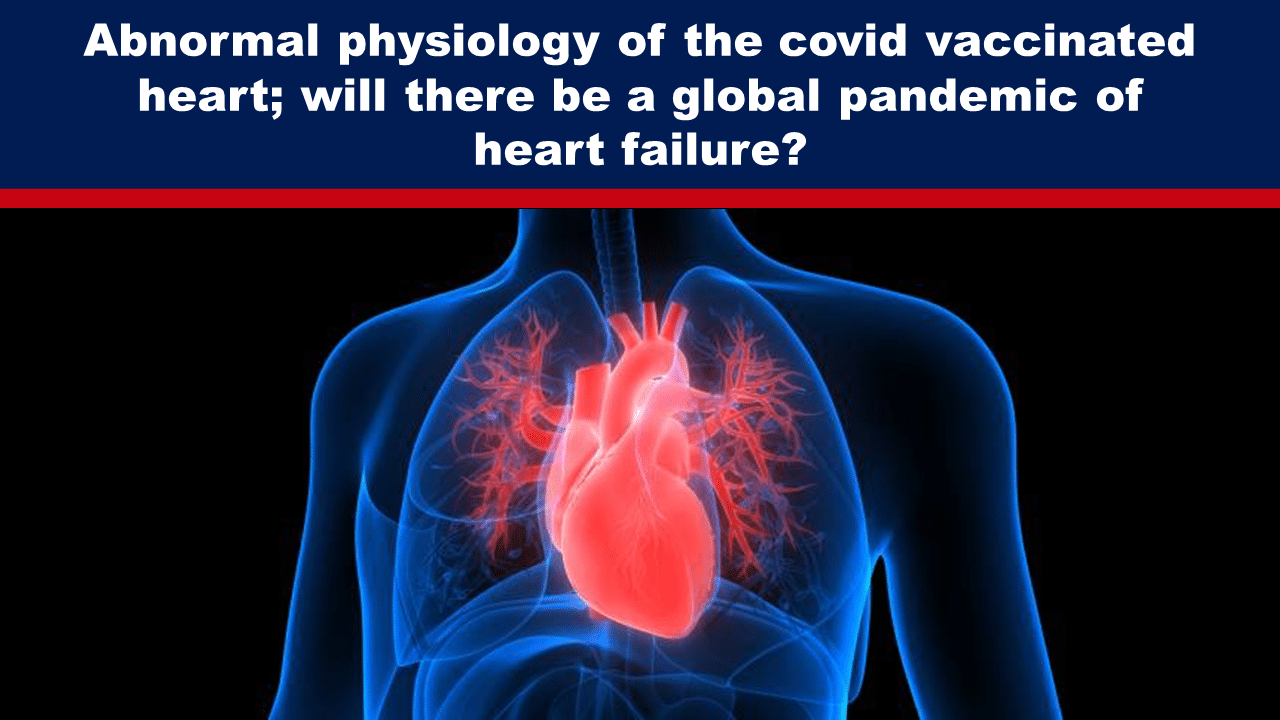
Understanding Pulmonary Embolism: The Killer Clot in the Lungs
Pulmonary embolism (PE) is a particularly dangerous form of blood clot that occurs when a clot becomes trapped in the lungs. This blockage of blood flow can have severe, even fatal, consequences if not treated promptly and appropriately.
Key Facts About Pulmonary Embolism:
- Nearly 1 million cases occur annually in the US
- Almost 25% of PE cases present as sudden death
- Up to one-third of PE cases are ultimately fatal
- Survivors may face decreased life expectancy and long-term complications
Given the severity of pulmonary embolism, accurate diagnosis and proper management are crucial for improving outcomes and saving lives.
The Origin of Pulmonary Embolism: Deep Vein Thrombosis (DVT)
To understand pulmonary embolism, it’s essential to recognize its starting point: deep vein thrombosis (DVT). DVT occurs when a blood clot forms in the deep veins of the leg.
How DVT Leads to Pulmonary Embolism:
- A clot forms in the deep veins of the leg
- The clot can break free and travel through the bloodstream
- The clot becomes lodged in the arteries of the lungs, causing a pulmonary embolism
This progression from DVT to PE highlights the importance of early detection and treatment of blood clots in the legs to prevent potentially life-threatening complications.
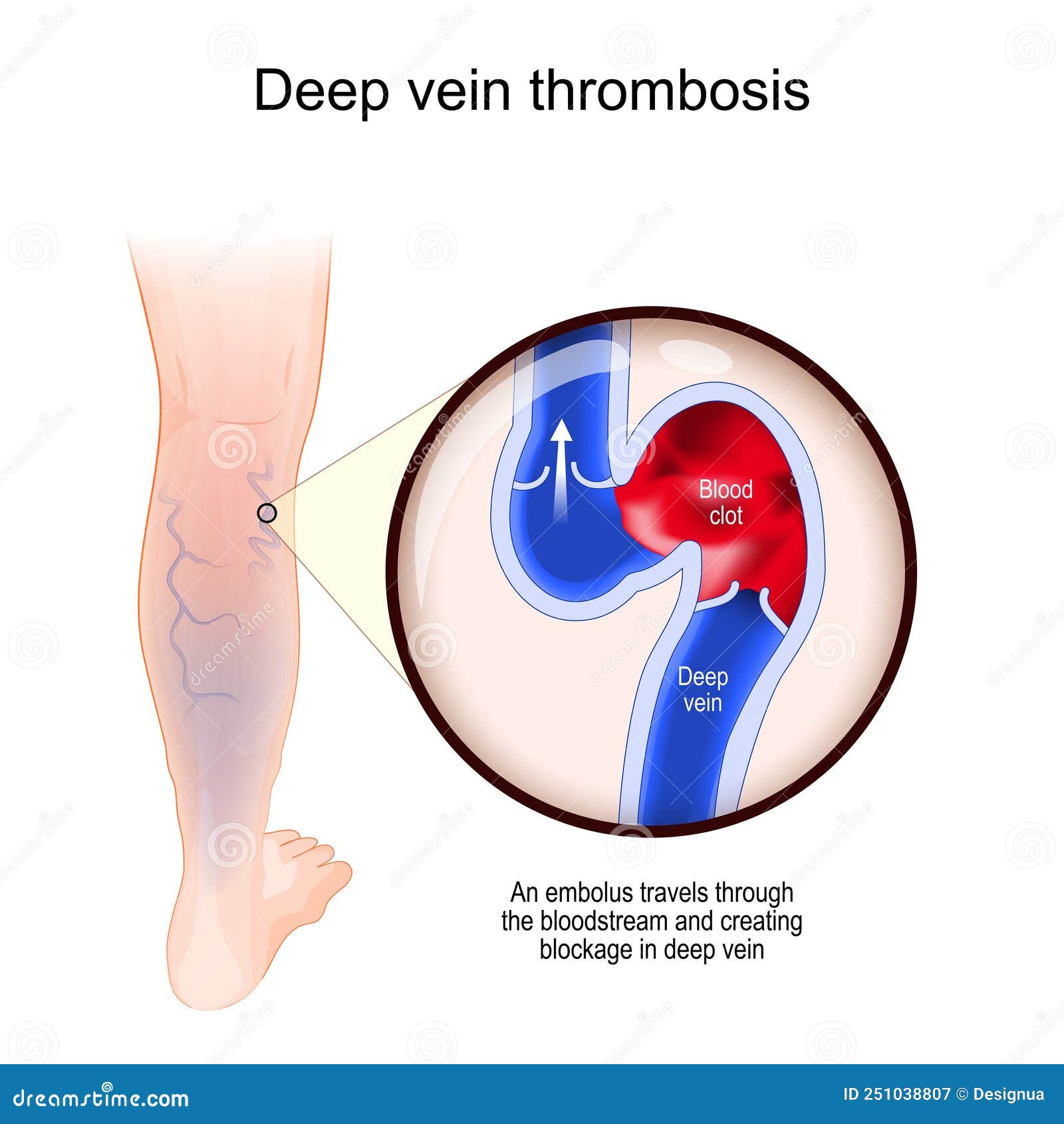
Risk Factors for Blood Clots: Who is Most Vulnerable?
While blood clots can affect anyone, certain factors increase an individual’s risk. Understanding these risk factors is crucial for prevention and early intervention.
Common Risk Factors for Blood Clots:
- Recent surgery or hospitalization
- Cancer and cancer treatments
- Prolonged immobility (e.g., long flights, bed rest)
- Pregnancy and postpartum period
- Hormonal birth control or hormone replacement therapy
- Obesity
- Smoking
- Family history of blood clots
- Certain genetic conditions
Recognizing these risk factors can help individuals and healthcare providers take appropriate preventive measures and remain vigilant for signs of blood clots.
Provoked vs. Unprovoked Blood Clots: Understanding the Difference
Blood clots are categorized into two main types based on their underlying causes: provoked and unprovoked. This distinction is important for determining treatment approaches and assessing the risk of recurrence.
Provoked Blood Clots (70% of cases):
- Associated with known risk factors (e.g., surgery, hospitalization, cancer)
- Risk factors may be temporary or ongoing
- Lower risk of recurrence if the triggering factor is transient
Unprovoked Blood Clots (30% of cases):
- Occur in the absence of identifiable risk factors
- Also called “idiopathic” blood clots
- Higher risk of recurrence if anticoagulant therapy is stopped
Understanding whether a blood clot is provoked or unprovoked helps guide treatment decisions and long-term management strategies.
:max_bytes(150000):strip_icc()/overview-blood-clots-1745326_final-3990f6d12e19428e8734d92f068ce0de.png)
Recognizing the Signs and Symptoms of Blood Clots
Early detection of blood clots is crucial for preventing life-threatening complications. Knowing the warning signs can save lives.
Signs and Symptoms of Deep Vein Thrombosis (DVT):
- Swelling in one leg (rarely both legs)
- Pain or tenderness in the leg
- Warm skin on the affected area
- Redness or discoloration of the skin
Signs and Symptoms of Pulmonary Embolism (PE):
- Sudden shortness of breath
- Chest pain that worsens with deep breathing
- Rapid heartbeat
- Fainting or feeling lightheaded
- Coughing up blood
If you experience any of these symptoms, especially if you have known risk factors, seek medical attention immediately. Prompt treatment can be lifesaving.
Prevention and Treatment of Blood Clots: Lifesaving Strategies
While blood clots can be deadly, they are often preventable and treatable when caught early. Understanding prevention strategies and treatment options is essential for reducing the risk of complications.
Prevention Strategies:
- Stay active and avoid prolonged periods of immobility
- Maintain a healthy weight
- Stay hydrated, especially during long travels
- Wear compression stockings if recommended by your doctor
- Follow your doctor’s advice regarding blood thinners after surgery or hospitalization
Treatment Options:
- Anticoagulant medications (blood thinners)
- Thrombolytic therapy (clot-busting drugs) for severe cases
- Inferior vena cava (IVC) filters to prevent clots from reaching the lungs
- Surgical removal of clots in extreme cases
The appropriate treatment approach depends on the severity of the clot, its location, and the individual patient’s health status. Early intervention and proper management can significantly improve outcomes and reduce the risk of recurrence.
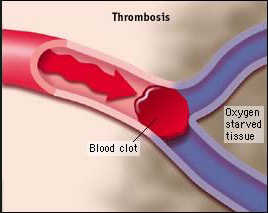
Long-term Consequences of Blood Clots: Beyond the Acute Event
While the immediate danger of blood clots is well-recognized, it’s important to understand that survivors may face long-term health consequences. These ongoing issues can significantly impact quality of life and require ongoing medical management.
Potential Long-term Complications:
- Post-thrombotic syndrome (PTS): Chronic leg pain, swelling, and skin changes after DVT
- Chronic thromboembolic pulmonary hypertension (CTEPH): High blood pressure in the lungs due to residual clots
- Increased risk of recurrent blood clots
- Anxiety and depression related to the fear of recurrence
- Decreased physical activity due to ongoing symptoms or fear
Understanding these potential long-term consequences emphasizes the importance of comprehensive care and follow-up for blood clot survivors. It also underscores the critical need for effective prevention strategies to avoid these life-altering complications.
Advancing Research and Treatment: The Future of Blood Clot Management
As the medical community continues to grapple with the significant impact of blood clots, ongoing research offers hope for improved prevention, diagnosis, and treatment strategies.

Promising Areas of Research:
- Novel anticoagulant medications with improved safety profiles
- Advanced imaging techniques for earlier and more accurate diagnosis
- Genetic testing to identify individuals at higher risk for blood clots
- Targeted therapies for specific types of blood clots
- Improved mechanical devices for clot removal
These advancements hold the potential to revolutionize blood clot management, reducing mortality rates and improving outcomes for patients. As research progresses, it’s crucial for healthcare providers and patients to stay informed about the latest developments in this rapidly evolving field.
In conclusion, blood clots represent a significant public health challenge, with the potential to cause severe complications and even death. However, with increased awareness, early detection, and proper management, many cases can be prevented or successfully treated. By understanding the risk factors, recognizing the signs and symptoms, and staying informed about prevention and treatment options, individuals can take proactive steps to protect their health and reduce the impact of this silent but deadly threat.

Blood Clots in the United States
By the Numbers:
The Public Health Burden Associated with Blood Clots
Blood clots affect many people — people from all walks of life — and no one person is any less important than another. It’s difficult to look at the numbers below, and not think of the individuals — their families, their friends — and not ask oneself, “Could I be at risk for a blood clot?” The answer most certainly is, “Yes, anyone can be affected by blood clots.” Blood clots do not discriminate.
Tragically, too many lives are affected by blood clots, and too many lives are lost because public awareness about life-threatening blood clots is so low. Study after study has shown that fewer than 1 in 4 people have any recognition of blood clots or their signs and symptoms.
Consider this:
On Average, 274 People Die Every Day from Blood Clots
- 107 to 130 cases of potentially deadly blood clots occurred each year per 100,000 Caucasian individuals from 1985 through 2002.
 This translates into about 1 to 3 cases per 1,000 people.
This translates into about 1 to 3 cases per 1,000 people. - 250,000 cases of potentially deadly blood clots, such as deep vein thrombosis or DVT, occurred each year between 1966 through 1990.
- 900,000 cases per year are now suggested by recent scientific modeling and public health statistics.
- 100,000 to 300,000 deaths from blood clots occur each year, which is greater than the total number of people who lose their lives each year to AIDS, breast cancer, and motor vehicle crashes combined.
- 600,000 non-fatal cases of deadly blood clots occur each year, of which 40% are blood clots in the lungs and 60% are blood clots in the legs.
- 547,596 hospitalizations due to blood clots occurred from 2007 – 2009.
On average, one person dies every six minutes from a blood clot.
Don’t be one of them. Blood Clots Can Be Prevented.
Understand the risks. Know the signs & symptoms.
Provoked Blood Clots (70% of all patients):
- Associated with known risk factors
- Surgery, hospital, cancer, medical illness, genetic
- Risk factors may be continuing
- If risk factor transient, 2% per year recurrence after 3 months of anticoagulant therapy
Unprovoked (30% of all patients):
- Absence of identifiable risk factor
- Also called “idiopathic”
- 7% to 11% per year recurrence for DVT or PE if anticoagulant therapy stopped after 3, 6,12 or 24 months
Learn More:
References:
Heit J. The epidemiology of Venous Thromboembolism in the Community.
The epidemiology of Venous Thromboembolism in the Community.
Arteriosclerosis, Thrombosis, and Vascular Biology 2008; 28:370-372
Heit J, Cohen A, Anderson F. Estimated annual number of incident and recurrent, fatal and non-fatal venous thromboembolism (VTE) events in the US. Blood 2005;106:267a
Yusuf H et al. MMWR 2012; 61: 22: 401 – 404
Kearon C. Circulation 2003;107:I-22 to I-30
Boutitie F et al. BMJ 2011, May 24;342:d3036
Pulmonary Embolism – The Killer Clot in the Lungs • MyHeart
What is a Pulmonary Embolism?
A pulmonary embolism is the term for a clot trapped in the lung. It is often referred to simply as PE, which of course is short for pulmonary embolism. The clot that is trapped in the lung leads to blockage of blood flow and can be extremely dangerous if not treated appropriately.
At myheart.net we’ve helped millions of people through our articles and answers. Now our authors are keeping readers up to date with cutting edge heart disease information through twitter. Follow Dr Ahmed on Twitter @MustafaAhmedMD
Follow Dr Ahmed on Twitter @MustafaAhmedMD
Follow @MustafaAhmedMD
This picture demonstrates a clot being extracted surgically from the lung artery of a patient with a massive pulmonary embolism.
Pulmonary Embolism – A Big Deal
Pulmonary embolism is a big deal, being both common and dangerous. It’s common with almost a million cases a year in the US alone. It is dangerous because almost a quarter of pulmonary embolism cases present as sudden death and up to a third of pulmonary embolism will ultimately be fatal. For those that survive the pulmonary embolism there is the possibility of decreased life expectancy and the development of complications that can impair quality of life. For this reason it’s critical to make sure that pulmonary embolism is correctly diagnosed and properly managed as that can make all the difference.
These specimens are clot that have been surgically removed from the lung arteries in a patient with massive pulmonary embolism.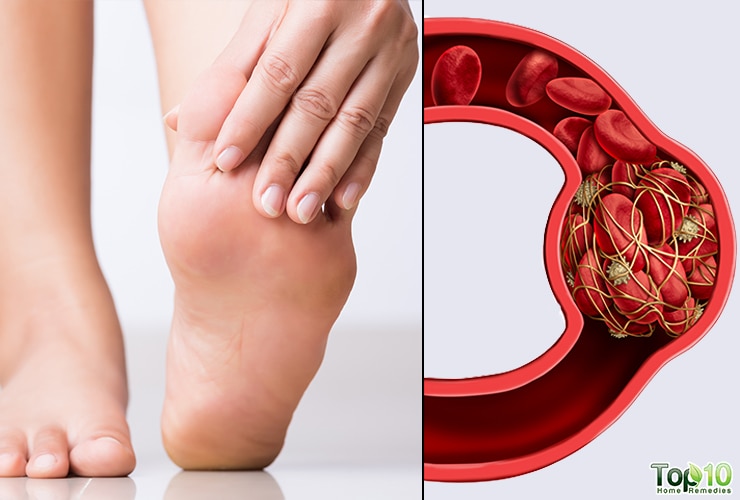
How Does Pulmonary Embolism Start? – It All Starts With A DVT, a Clot That Forms In the Veins of the Leg
Really where it all starts is that clots form in the veins of the leg known as a DVT, short for deep venous thrombosis. Let’s take a little time to explain this in a simple manner so we can understand pulmonary embolism better.
Every time the heart beats it pumps blood to the body through arteries. The blood is pumped with force and the flow in these arteries is fast. For that reason if you were to cut your artery, blood would spurt out fast and furiously because of the high pressures in arteries. Once the blood has reached the target organ, it must return to the heart, and it does this through the veins. Flow in the veins is much slower with a much lower pressure. If you were to cut one of your veins then blood would certainly pour out, but since the pressure is low it would be nowhere near as fast or forceful as an arterial bleed. In fact with a venous bleed you could easily stem the flow of blood with gentle pressure over the skin. With an arterial bleed some serious pressure would need to be applied.
With an arterial bleed some serious pressure would need to be applied.
So why do clots occur? Three things are thought to be critical in clot formation. Firstly is something called hypercoagulability, second is flow pattern and third is injury to the vessel. These three things are known as Virchow’s triad. Don’t worry, its not that complicated, I’ll explain below.
First in the triad was hypercoagulability, this basically means that for some reason the blood is more likely to form clots because of the changes in the chemicals within it. These chemicals known as clotting factors influence the whole process of clot formation. Simply put, these can make the blood super thick or super thin. Of course if the blood is super thick then clots will be more likely to form. Certain medicines, diseases or genetic abnormalities, can influence the clotting factors and make the blood more likely to be thick. A good example of this is birth control pills. These pills are therefore well-recognized risk factors for clot formation and pulmonary embolism.
These pills are therefore well-recognized risk factors for clot formation and pulmonary embolism.
Secondly in the triad was flow pattern. If you were to take some blood and pour it into a cup and wait a minute, the blood would form a clot because it’s not flowing. If you were to take the same blood and pour it down a steep hill it wouldn’t clot because it’s moving fast. The clotting factors in the blood need time to work and if the blood is flowing fast they don’t really have time. For this reason clot is much less likely to form in the high pressure arteries and much more likely to form in the low pressure veins. Every time you stand up or walk, you pump blood through the veins. If you sit still for a long time, blood flow is much slower and of course clots are more likely to form. Good examples are really long plane flights, or patients that have had surgery and are unable to be active for a while. These patients are at risk of developing blood clots in their veins and are therefore at risk of pulmonary embolism.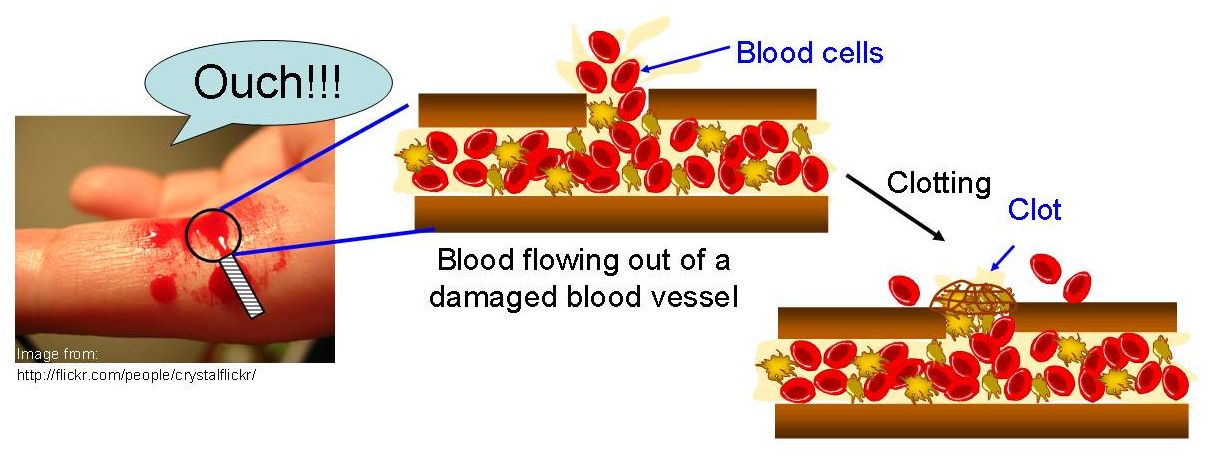
Third and finally is vessel injury. The arteries and veins of the body are not just lifeless tubes for blood to flow through; they are made of cells that are smart and always active known as the endothelium. These cells can sense everything from patterns of blood flow to the composition of the blood. These cells can secrete chemicals and send signals if they want certain things to happen. A good example is if there is injury to the vessel that causes bleeding. The cells will release chemicals that attract cells that can form clot in an attempt to stop the bleeding. When the cells are injured they are more likely to do that. For this reason, if there has been damage to the vessels through surgery, or if someone has fallen or been hit on the leg, a clot would be more likely to form.
You should now have a good understanding of what causes clots to form in the veins known as DVT’s. Pulmonary embolism usually starts with a DVT. We just talked about the triad that consists of blood more likely to clot, slow flow, and injury to the vein.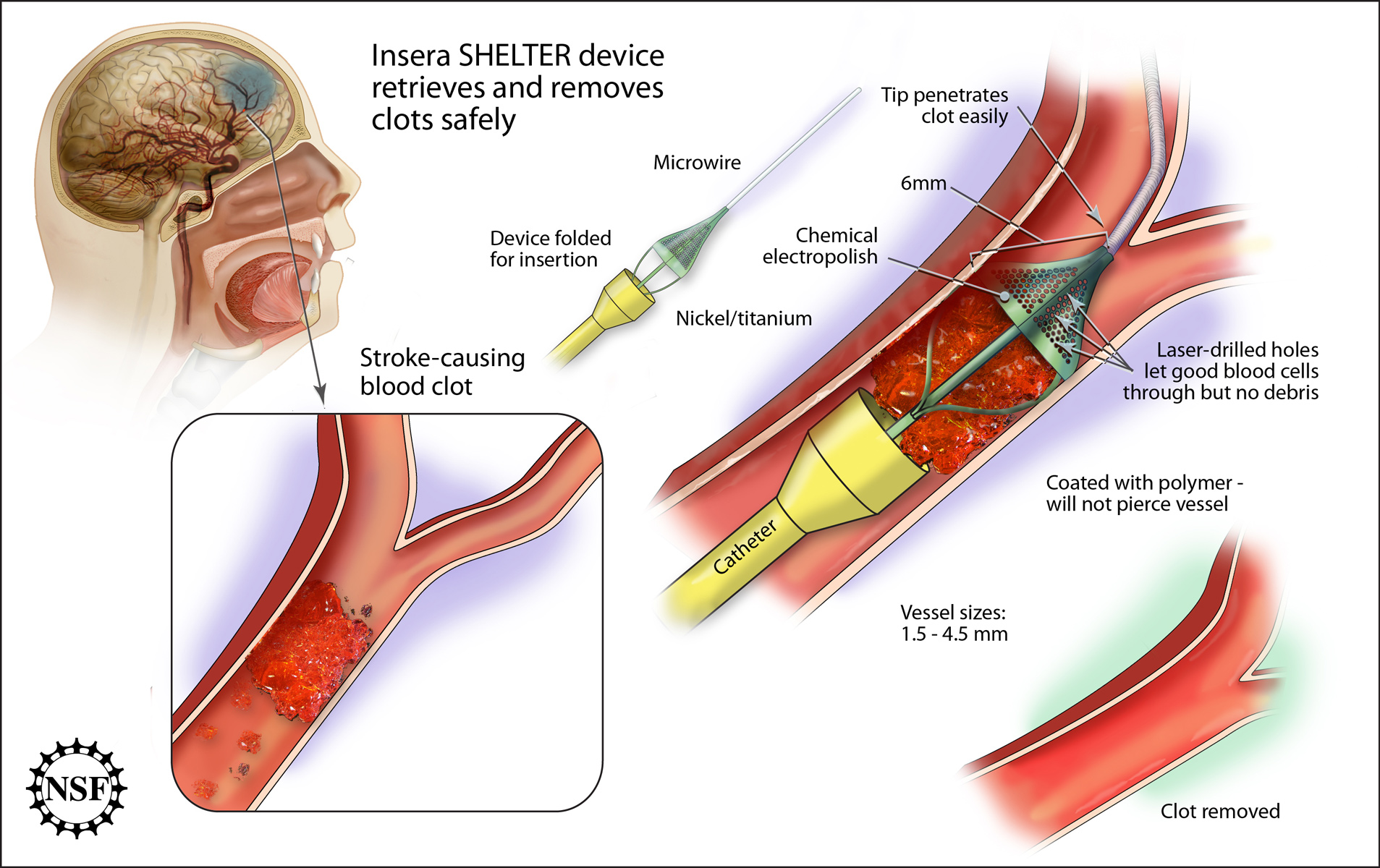 So as you can imagine, the perfect candidate for developing a clot would be a person that is in bed after a leg injury, unable to do much activity, with a disease such as cancer leading to thicker blood, also taking medicine that leads to a higher likelihood of clot forming. That would be almost a perfect storm.
So as you can imagine, the perfect candidate for developing a clot would be a person that is in bed after a leg injury, unable to do much activity, with a disease such as cancer leading to thicker blood, also taking medicine that leads to a higher likelihood of clot forming. That would be almost a perfect storm.
The Pulmonary Embolism Occurs – The Blood Clot Travels From the Leg Veins to the Lung Where It Is Trapped
We have now talked about a clot that forms in the veins of the leg. That clot is called a DVT, or deep venous thrombosis. The veins are like the highway used by the blood to get back to the lungs. In order to get to the lungs the blood has to travel through the right side of the heart. Now lets imagine the nice big blood clot that has formed in the leg gets loose. It slowly makes its way back up through the veins of the body, through the right side of the heart, and in to the lungs. Usually when blood reaches the lungs it is a thin fluid that can pass through the lung vessels easily. When a clot reaches the lungs however it is a large structure that basically just gets stuck, and is known as a pulmonary embolism. The larger the clot the bigger the amount of blockage caused. Sometimes the clot can be so large that it gets trapped in the main artery that leaves the right side of the heart known as the main pulmonary artery. If that happens no blood can leave the heart at all due to the obstruction, and this will almost inevitably result in sudden death. This is known as a massive pulmonary embolism.
When a clot reaches the lungs however it is a large structure that basically just gets stuck, and is known as a pulmonary embolism. The larger the clot the bigger the amount of blockage caused. Sometimes the clot can be so large that it gets trapped in the main artery that leaves the right side of the heart known as the main pulmonary artery. If that happens no blood can leave the heart at all due to the obstruction, and this will almost inevitably result in sudden death. This is known as a massive pulmonary embolism.
The Seriousness of a Pulmonary Embolism Depends on the Strain Placed on the Right Side of the Heart
The pulmonary artery leaves the right side of the heart and supplies the lungs with blood. The main pulmonary artery is a large fast flowing vessel that leaves the heart. This branches into a left and right artery that that are medium sized, then these in turn branch into smaller and smaller pulmonary arteries. So basically the pulmonary arteries get smaller and smaller the further away from the heart they are.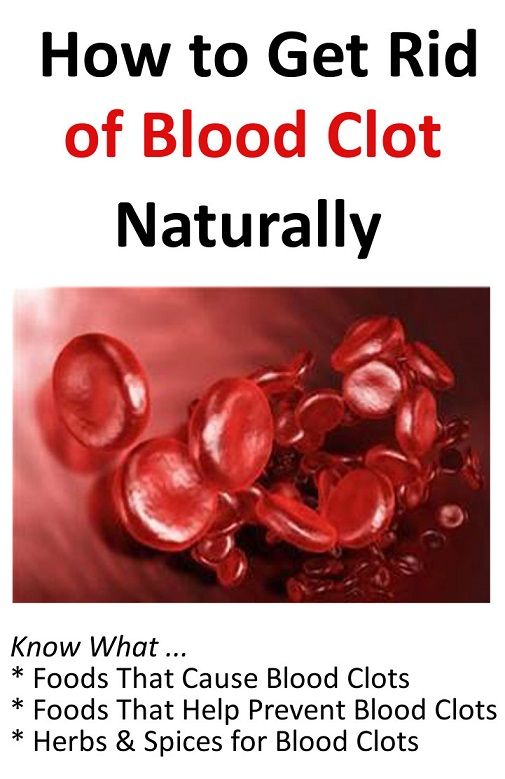 The larger the artery blocked by the pulmonary embolism, the more strain placed on the right side of the heart. The more strain placed on the right side of the heart the worse the outcome.
The larger the artery blocked by the pulmonary embolism, the more strain placed on the right side of the heart. The more strain placed on the right side of the heart the worse the outcome.
Why is this? The right side of the heart usually gets to pump in to a large artery, the pulmonary artery. Imagine a large pulmonary embolism where a clot was blocking that artery. The heart would have to pump the same amount of blood, but through a smaller hole. This means the heart would have to generate a higher pressure. If the blockage were large enough then the pressure generated would be so high that it overwhelms the right side of the heart. This leads to failure of the right-sided heart-pumping chamber, the right ventricle. This is known as right ventricular dysfunction. The consequences of right ventricular dysfunction can include fatal heart rhythms and development of shock.
It’s also important to note that the blood supply to the lung is also shut off. This can lead to less oxygen content of the blood and also to areas of the lung dying due to lack of blood supply known as pulmonary infarction.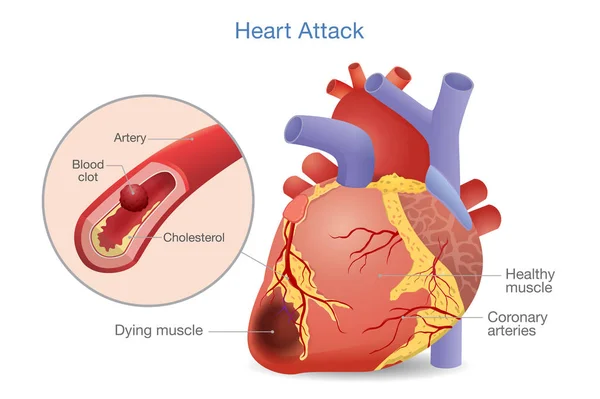
Signs and Symptoms of a Pulmonary Embolism
The most common presenting symptom of a pulmonary embolism is shortness of breath, that occurs fairly rapidly, either at rest, or when performing activity. Other symptoms may include chest pain, dizziness, or passing out. Patients may have had recent leg swelling or leg pain from the clot that started in the leg.
Diagnosis of Pulmonary Embolism
Once a patient comes in with signs and symptoms suggestive of a pulmonary embolism, a number of tests can be performed to confirm the diagnosis.
- Blood tests – A test called a D-dimer may be performed, levels of which will be elevated in the presence of a clot in the body. Blood tests suggestive of heart strain, troponin levels and BNP levels may be elevated in pulmonary embolism
- CT Scan – A CT scan known as a CT angiogram is really the best way to diagnose pulmonary embolism. It can provide information on the size, extent and location of the clot.
 It can also provide information regarding heart strain.
It can also provide information regarding heart strain. - Ultrasound Scan – An ultrasound scan of the legs may be performed to look for evidence of clot in the veins of the leg.
- Echocardiogram – This is an ultrasound scan of the heart that may demonstrate evidence of heart strain. An enlarged or dysfunctional right side of the heart is suggestive of pulmonary embolism.
- EKG heart tracing – An EKG tracing shows the electrical activity of the heart and may demonstrate a fast heart rate and can also show evidence of right-sided heart strain. There are also some specific patterns on the EKG that may suggest pulmonary embolism.
- V/Q scan – This is a nuclear medicine scan that looks for areas of the lung that aren’t receiving appropriate blood supply and may therefore be affected by pulmonary embolism.
- Pulmonary Angiogram – This is the gold standard test, where contrast dye is injected directly in to the pulmonary arteries.
 This may be done at the time of a therapeutic procedure, however it is not typically done as an initial test because CT scanning is now so accurate.
This may be done at the time of a therapeutic procedure, however it is not typically done as an initial test because CT scanning is now so accurate.
This is an echocardiogram that demonstrates a large amount of clot seen floating in the right side of the heart as it passes through on its way to the lung where is will result in a pulmonary embolism.
A pulmonary angiogram demonstrating a huge clot that has lodged in the artery of the lung. This clot was so large that it caused the heart to stop and required urgent aggressive treatment.
Another pulmonary angiogram in a patient with a large pulmonary embolism. Contrast dye is injected in to the lung where large areas of clot are seen throughout the arteries of the lung.
How Do We Determine The Seriousness of a Pulmonary Embolism?
Surprisingly it’s not necessarily the amount of clot that it is important. Determining the seriousness of a pulmonary embolism really comes down to one thing, how much strain is placed on the right side of the heart. The terminology we use for pulmonary embolisms is Massive, Submassive, or lower risk.
The terminology we use for pulmonary embolisms is Massive, Submassive, or lower risk.
Massive Pulmonary Embolism
Massive Pulmonary Embolisms are extremely high-risk events and as serious as you can get. Massive pulmonary embolism patients are unstable and may often present with sudden cardiac death. The right side of the heart will be severely dysfunctional and it will be difficult to maintain a blood pressure. Patients will be in shock. Patients in this category are often so unstable that they will require medicines to support their heart and may need insertion of a breathing tube. These massive pulmonary embolism patients are at high risk for sudden death. The official definition of massive pulmonary embolism is a pulmonary embolism directly causing cardiogenic shock with blood pressure <90mmHg or drop in blood pressure of over 40 points. Patients with massive pulmonary embolism are at high risk of death. Treatment of massive pulmonary embolism needs to be aggressive and emergent.
Submassive Pulmonary Embolism
Submassive pulmonary embolism means that while criteria for massive pulmonary embolism is not met, and the patient may appear to be relatively stable; there is still evidence for right-sided heart dysfunction. Although not as high risk as those with a massive pulmonary embolism, this is still considered a high-risk group at risk of poor outcomes. To be designated a submassive pulmonary embolism, there has to be evidence of right-sided heart dysfunction. This can include, blood tests suggesting right-sided heart strain (BNP, troponin), heart tracing changes suggestive of right-sided heart strain (EKG) and imaging suggesting enlarged and weak right heart (CT scan, echocardiogram). Typically these patients will have a large amount of clot in the lungs. Although submassive pulmonary embolism needs to be taken very seriously, there is a wide range of severity with some submassive pulmonary embolisms more serious than others. Not everyone with a submassive pulmonary embolism will require aggressive treatment although its important to identify those that are at high risk and treat them appropriately.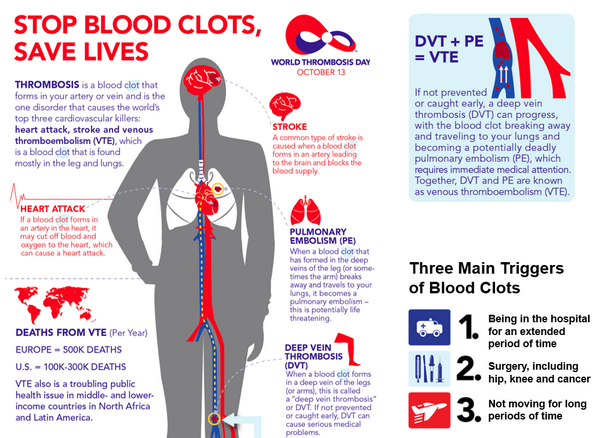
Other Pulmonary Embolism
Most pulmonary embolisms will fall in this group. Although a diagnosis of pulmonary embolism is made, there is no evidence of right-sided heart dysfunction and the patients are considered stable. For those treated appropriately the likelihood of a good outcome is high. There is generally no role for overly aggressive treatment in these patients and the mainstay of treatment is to start blood-thinning medications.
Treatment of Pulmonary Embolism
Treatment of Massive Pulmonary or High Risk Submassive Pulmonary Embolism
These are a medical emergency and immediate treatment is needed there are a few different treatment options. Often the treatment chosen will depend on what is available at that facility.
- Clot Busting Medications – The most traditional option is the use of clot busting medications known as thrombolytics, or lytics for short. These medications are typically given through an IV and they travel to the clot where they can try to dissolve the clot.
 The major drawback of these medications is that there is a significant risk of bleeding that can be life threatening such as a bleed in the brain. In general however the risk of treatment is seen to be less than the risk of doing nothing. Unfortunately there are often situations where the risk of these clot-busting medications are seen to be too high, such as in those patients with known bleeding issues or recent surgery.
The major drawback of these medications is that there is a significant risk of bleeding that can be life threatening such as a bleed in the brain. In general however the risk of treatment is seen to be less than the risk of doing nothing. Unfortunately there are often situations where the risk of these clot-busting medications are seen to be too high, such as in those patients with known bleeding issues or recent surgery. - Open Heart Surgery – Sometimes, particularly when there is a very large clot burden or clot known to be floating inside the heart, open-heart surgery may be the preferred treatment option. The chest is opened and the clot is extracted. The downside to this approach is of course the risks of open-heart surgery. In most situations where it is considered, however, the risks of surgery are less than the risk of not treating the pulmonary embolism. The advantage of open-heart surgery is that it can allow for immediate stabilization of the situation in cases where patients are very unstable.

- Catheter Based Treatment – This is the most cutting edge of the treatment options. The pulmonary embolism is treated through small tubes that are typically inserted through the veins of the leg. Different techniques can be used to treat the clot and often injections of clot busting medicines are given directly in to the lungs. An exciting recent development is the use of ultrasound tubes that are inserted into the lung through which micro-doses of clot busting medicines are used. The advantage of this being a much lower risk of bleeding as compared to the traditional doses of the clot busting medications.
- ECMO – This is short for extra-corporeal membrane oxygenation. This is like a heart lung machine that can be used in the treatment of unstable pulmonary embolism. This allows restoration of the circulation if the heart stops or is severely dysfunctional and ensures the organs receive the blood they need. Also the machine allows the blood to be oxygenated in those cases where the lungs aren’t able to function properly.
 In short ECMO can allow stabilization of an unstable situation and also give time for the situation to recover.
In short ECMO can allow stabilization of an unstable situation and also give time for the situation to recover.
This is a fluoroscope video of 2 special tubes known as catheters that are passed through the veins of the leg into the arteries of the lung. These EKOS catheters emit ultrasound waves that make clot-busting medicines very effective at small doses. Clot busting medicines are slowly dripped through these catheters that will dissolve the lung clot.
A large pulmonary embolus lung clot being surgically taken out of a lung artery from a patient with a massive pulmonary embolism.
Treatment of Pulmonary Embolism That is not High Risk – Blood Thinning Medication
Most pulmonary embolisms that present to hospital are not massive or submassive and fall in to a category that is generally lower risk. The mainstay of treatment for these is blood-thinning medications. Blood thinning medications prevent the clot from enlarging and allow the body to naturally break down the clots.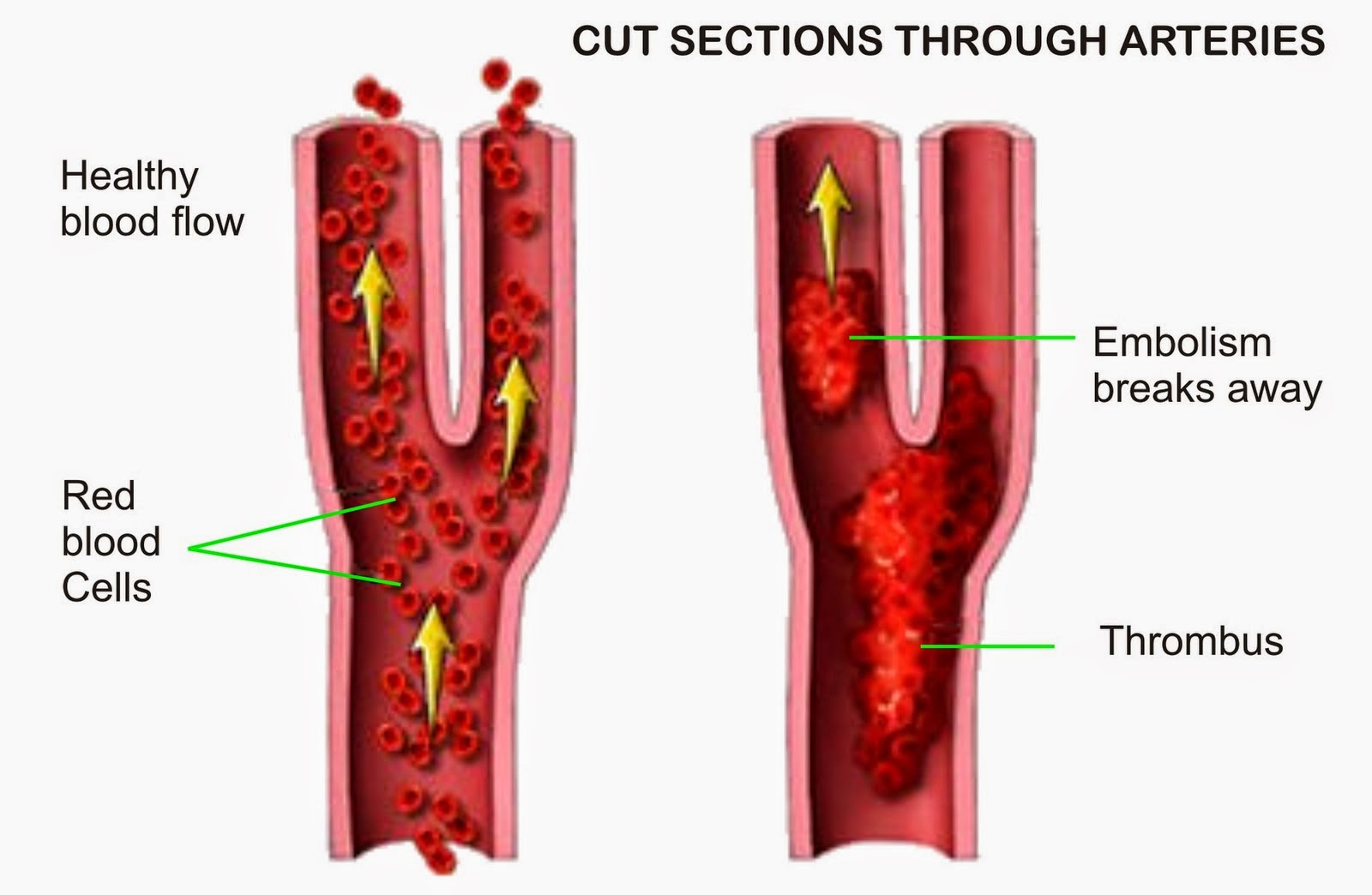 Patients will have to stay on blood thinning medication from 6 months to life long depending on the circumstance.
Patients will have to stay on blood thinning medication from 6 months to life long depending on the circumstance.
- Heparin – Initially heparin used. This is a commonly used blood thinner and typically given in the form of a drip. The dose of heparin can be adjusted as necessary to ensure adequately thin blood. This may be transitioned to an injectable form of heparin such as lovenox.
- Warfarin – This is the longest standing medication used for blood thinning. This is taken as a tablet and it takes a few days to get the blood thin. Its levels are monitored with a blood test. The downside is that the blood needs periodic monitoring to ensure levels are in the desired range, and there are some dietary restrictions.
- NOACs – Short for novel anticoagulant agents. These include Rivaroxaban, Eliquis, Pradaxa, Savasya and others. These are given in tablet forms and the advantage is that monitoring of blood levels is not required.
Risk Factors for Developing Vein Clots
Age is a well-known risk factor.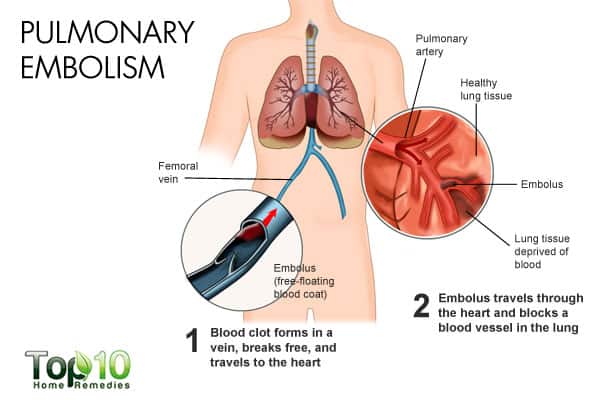 The older someone is, the higher the chance of developing a clot. Simply being in hospital is a well-established risk factor. Other risk factors include use of medicines such as oral contraceptive pills, periods of immobilization, pregnancy, surgery and cancer.
The older someone is, the higher the chance of developing a clot. Simply being in hospital is a well-established risk factor. Other risk factors include use of medicines such as oral contraceptive pills, periods of immobilization, pregnancy, surgery and cancer.
Inherited Clotting Disorders
Inherited clotting disorders are a common cause of development of vein clot (venous thrombosis) that can lead to pulmonary embolism. In patients with a family history of clot development, almost half of patients will be found to have an inherited clotting disorder. These are often due to malfunction or mutations of certain clotting factors. These include, deficiency of antithrombin, protein C, and its cofactor protein S. Another relatively common one is resistance against activated protein C caused by factor V Leiden. The presence of these disorders, in combination with other risk factors such as immobility or injury is a particularly dangerous combination.
Blood Disorders
Development of certain conditions can also predispose to clot development and therefore development of a pulmonary embolism. These can include antiphospholipid syndrome. Other conditions include polycythemia, paroxysmal nocturnal hemoglobinuria and essential thrombocytosis amongst others. The presence of these disorders, in combination with other risk factors such as immobility or injury is a particularly dangerous combination for causing vein clot and a pulmonary embolism.
These can include antiphospholipid syndrome. Other conditions include polycythemia, paroxysmal nocturnal hemoglobinuria and essential thrombocytosis amongst others. The presence of these disorders, in combination with other risk factors such as immobility or injury is a particularly dangerous combination for causing vein clot and a pulmonary embolism.
4.89/5 (1,555)
Blood clots can be deadly, but they are often preventable and treatable
Blood clots — jellylike masses of protein, blood cells and platelets — can be lifesaving when they stop bleeding caused by an injury. But they can be deadly if they form where they aren’t needed.
A clot in a vein close to the skin’s surface causes a burning or itching sensation yet typically doesn’t lead to serious problems. But a clot that develops in a vein deep in the lower abdomen or legs, called a deep-vein thrombosis, or DVT, can interfere with blood flow, often causing swelling and inflammation.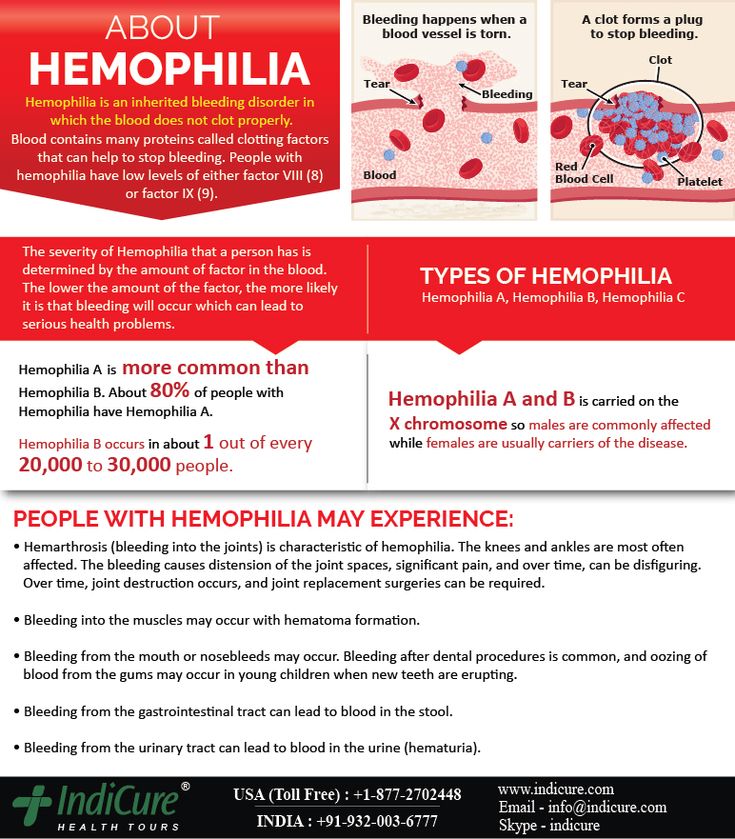 It can also break up and form clots that travel through the bloodstream and lodge in the lungs, which can lead to severe organ damage and death.
It can also break up and form clots that travel through the bloodstream and lodge in the lungs, which can lead to severe organ damage and death.
Up to 100,000 people die each year in the United States from such pulmonary embolisms, according to the Centers for Disease Control and Prevention. But most blood clots are preventable and can usually be treated if discovered early.
The danger
Every year, as many as 600,000 Americans experience DVTs and clots in the lungs. (A DVT refers to a clot in the lower leg, thigh or pelvis. When clots occur in the arms or other areas, they’re usually referred to simply as venous thrombi.)
If traveling clots, or emboli, reach the lungs, they can block blood flow and cause a pulmonary infarction, a serious condition that can severely compromise lung function. Untreated pulmonary emboli lead to death in about 30 percent of cases, so it’s urgent to seek prompt medical care.
Who’s at risk?
Blood clots were very much in the news when it was announced in December that doctors had discovered a clot near the brain of Hillary Rodham Clinton, who was then the secretary of state.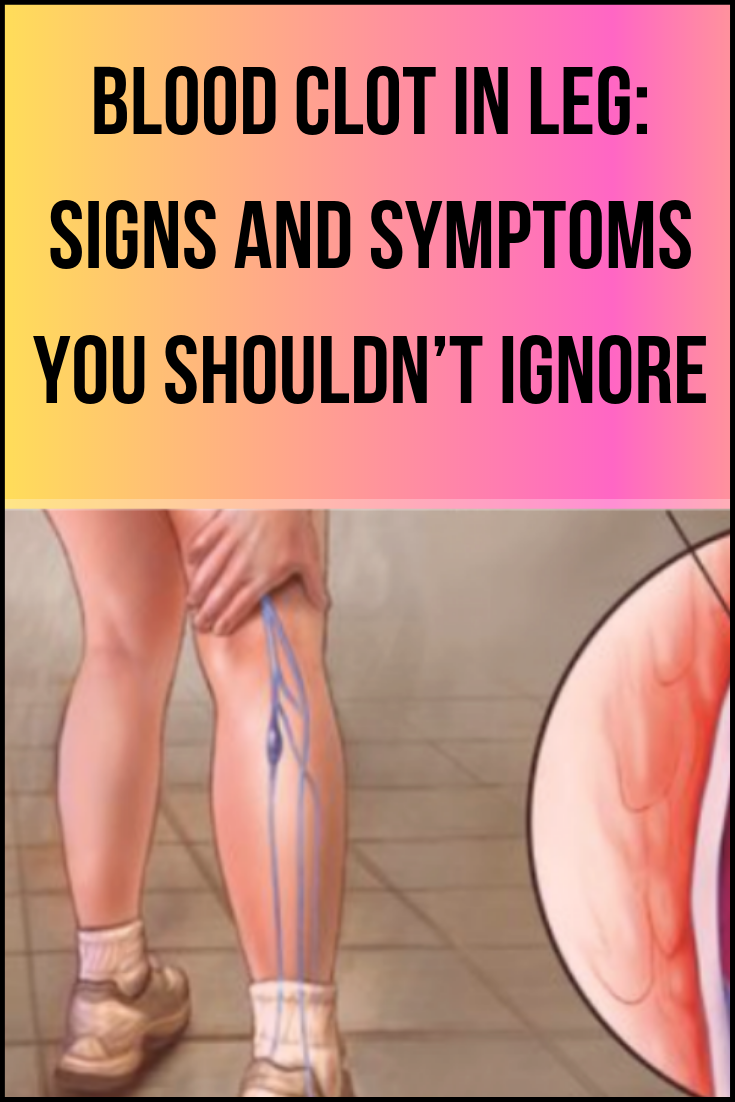 While Clinton’s clot might have been due to an earlier concussion, not all risk factors are injury-related.
While Clinton’s clot might have been due to an earlier concussion, not all risk factors are injury-related.
A number of situations can increase your risk. They include:
●Sitting for longer than six to eight hours, such as during a trip in a car or plane.
●Having limited mobility due to a medical problem, surgery or paralysis.
●Having an injured vein from a bone fracture, severe muscle injury, trauma or major surgery (especially involving the abdomen, pelvis, hip or legs).
●Having a tube placed in a vein for medication or other treatment, such as a central venous catheter.
●Having heart failure or cancer in the abdomen.
●Having previously suffered a clot or having a family history of blood clots.
●Being pregnant, taking birth control pills or taking prescription hormones for menopause symptoms.
●Being older than 60, being overweight or obese, having high blood pressure or being a smoker.
●Having certain genetic or inherited blood-clotting disorders, such as Factor V Leiden.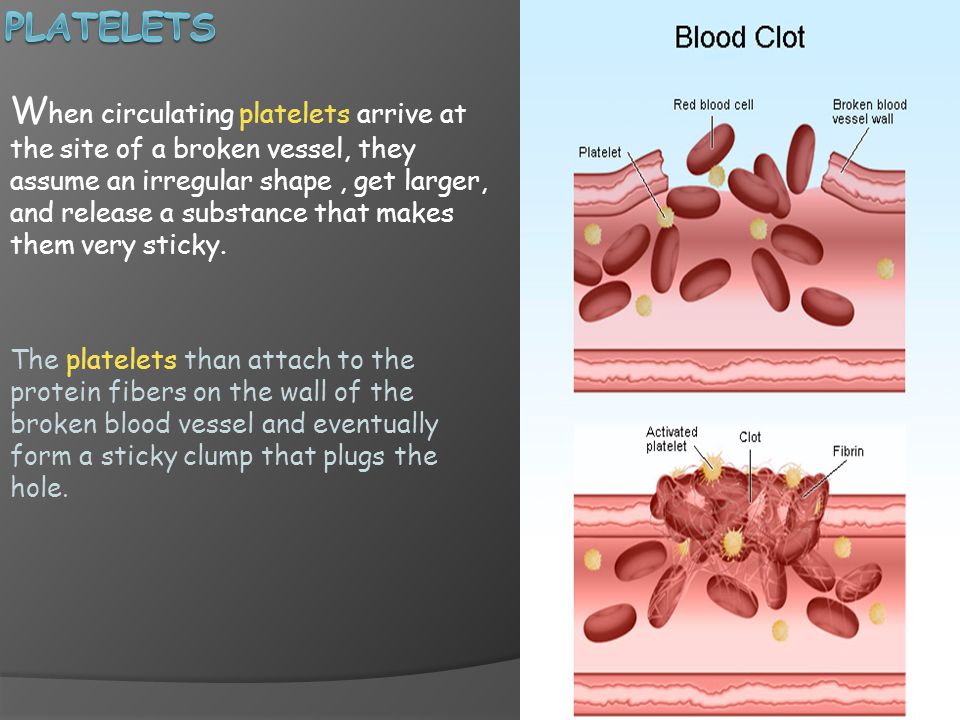
Prevention measures
About half of the people with deep-vein thrombosis don’t have symptoms. So the best way to protect yourself is to reduce your risk by following a healthy lifestyle, including regular exercise, losing weight if needed and not smoking.
Avoid immobility. Sitting or lying down for long periods allows blood to pool and can induce clotting. If you’re on a long trip and are unable to get up, you can exercise your legs while in your seat. Wear loose-fitting clothing that doesn’t restrict blood flow.
Recognizing symptoms
Be alert for symptoms. See your doctor promptly if you have unexplained swelling, pain, tenderness or redness in an arm or leg, as they could be signs of a dangerous clot.
A clot in the lungs is more serious because it can quickly become deadly. Signs include difficulty breathing, a rapid or irregular heartbeat, chest pain or discomfort, coughing up blood and feeling faint. If you have any of those symptoms, go to an emergency room or call 911; prompt treatment is essential.
Treatment
If you receive a diagnosis of a deep-vein thrombosis, your doctor will probably prescribe medication. The first anticoagulant treatment is usually given intravenously in the hospital, with heparin (preferably low-molecular-weight heparin) or fondaparinux (Arixtra and generics). This is often followed by warfarin (Coumadin, Jantoven and generics).
You probably won’t receive intravenous medication for more than a few days. After that, most people are switched to self-injections of heparin and to warfarin, which is usually taken in pill form. Warfarin takes two or three days to become effective, but once it does, heparin can be stopped and you can continue taking warfarin for several months or longer.
Copyright 2013. Consumers Union of the United States Inc.
For further guidance, go to www.ConsumerReports.org/Health, where more detailed information, including CR’s ratings of prescription drugs, treatments, hospitals and healthy-living products, is available to subscribers.
Blood Clots – Symptoms, Causes, Treatments
A blood clot is an organized clump of hardened blood. Normal blood clotting helps stop blood loss, such as when you get a minor cut or scrape. However, a blood clot that forms inside a blood vessel (artery or vein) or in the heart is called a thrombus and is a serious medical condition. Blood clots can form in the superficial veins just below your skin, or they can form in the deeper, large veins (deep vein thrombosis). Blood clots can also dislodge and move from their initial location to another. This is called an embolism.
Blood clots are more common in people who cannot move around easily because of advanced age, injury, surgery, or disease. People with certain blood clotting disorders that make their blood clot more easily have an increased risk of developing blood clots in the deep veins. In addition, certain cancers and estrogen-based medications can increase your risk for blood clots.
A blood clot is dangerous because it can block or reduce the flow of blood to the part of the body in which it formed. This blockage causes a lack of oxygen to the tissues (called ischemia) and eventually leads to permanent tissue damage.
This blockage causes a lack of oxygen to the tissues (called ischemia) and eventually leads to permanent tissue damage.
Blood clots can also break apart from the blood vessel wall and travel to another location, such as the brain or lung, leading to catastrophic consequences. A blood clot that travels to the lung can lead to a pulmonary embolism, permanent lung damage, and even sudden death. A blood clot that travels to the brain can cause a stroke. A blood clot that forms within the arteries of the heart can cause a heart attack.
Your risk of developing blood clots can be minimized by making certain lifestyle changes and following your doctor’s treatment plan. In particular, regular exercise, smoking cessation, elevating your feet, and frequently changing your body position can help prevent blood clots from forming.
Top Warning Signs of Deep Vein Thrombosis: Obinna Nwobi, MD: Vascular Surgeon
Deep vein thrombosis (DVT) is a condition that’s serious and life threatening.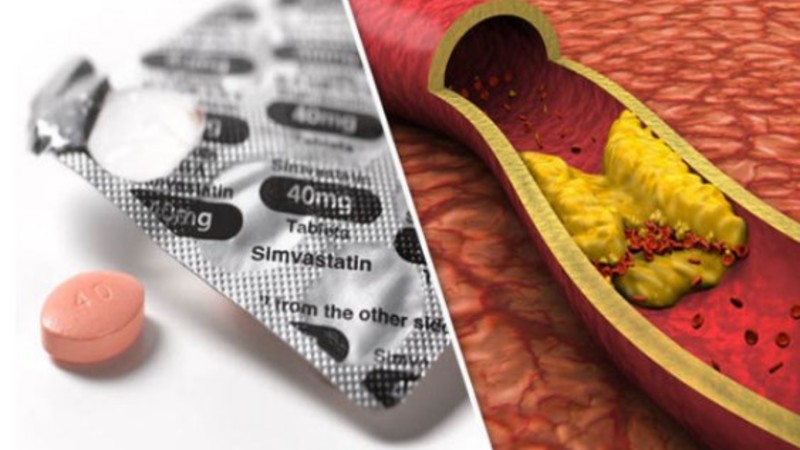 How serious? Statistics say that 10-30% will die within one month of their diagnosis. However, that’s because many don’t know the warning signs, so they fail to get medical treatment before the condition turns serious.
How serious? Statistics say that 10-30% will die within one month of their diagnosis. However, that’s because many don’t know the warning signs, so they fail to get medical treatment before the condition turns serious.
The good news is that DVT can be successfully treated and stabilized when it’s diagnosed as early as possible. That’s why our team at Vein Health Clinics wants to let you know how to recognize the top warning signs of deep vein thrombosis.
Why deep vein thrombosis is dangerous
Thrombosis is a medical term that refers to a blood clot. When you have deep vein thrombosis (DVT), you develop a blood clot in a vein that’s deep below the surface. While DVT may affect your arms or pelvis, it most often occurs in the lower leg.
DVT becomes a serious health threat when a piece of the blood clot breaks loose, travels through the bloodstream to your lungs, and blocks blood flow in one of the pulmonary arteries. This condition, called a pulmonary embolism can be life threatening.
Factors that increase your risk for deep vein thrombosis
DVT can develop when blood flow slows down in the vein or the blood vessel wall is damaged by an injury, inflammation, or surgery. Blood clots are also more likely to form when your blood is thicker or more likely to clot due to an imbalance in the biochemicals that control clotting.
Here’s a look at some of the factors that increase your risk for DVT:
- Immobility
- Injury or surgery
- Pregnancy
- Smoking
- Stroke
- Heart disease
- High blood pressure
- Being overweight or obese
- Inherited blood-clotting disorder
One of the primary risk factors for DVT is immobility. You may become immobile due to a long ride in a car or airplane, or when you spend an extended time in bed, whether due to an illness, injury, or surgery.
As leg muscles contract while you walk, the pressure pushes blood up through your veins. If you sit still too long — even if you’re just sitting in front of the TV or working at your computer — your blood doesn’t circulate properly, and your risk for blood clots increases.
If you sit still too long — even if you’re just sitting in front of the TV or working at your computer — your blood doesn’t circulate properly, and your risk for blood clots increases.
Top warning signs of deep vein thrombosis
You may not experience any symptoms at first, but when they appear, you’ll develop these warning signs:
Swelling
About 70% of all patients develop swelling, which is the top warning sign of DVT. If your DVT is in your thigh or calf, you’ll only have swelling in the affected leg. However, if the blood clot is in your pelvis, you can develop swelling in both legs.
Leg pain
Leg pain is the second most common sign, as it appears in 50% of all patients. Your pain may be mild or severe, but the extent of the pain isn’t associated with the size of the blood clot. The pain caused by a DVT, which may feel more like a cramp or tender area, is usually felt in the calf muscles or along the vein as it travels down your inner thigh.
Changes in your skin
Your skin may appear red or discolored. Additionally, the area of your leg that’s swollen or painful may also feel warmer than the rest of your skin.
Pain when your foot is flexed
Some patients feel pain when they flex their foot, moving the foot so the toes point up toward your knee.
Warning signs of pulmonary embolism
In about 25% of people with a DVT, the first symptom is sudden death due to a pulmonary embolism. For this reason, it’s vital to recognize the warning signs of pulmonary embolism, which are:
- Sudden shortness of breath
- Sudden chest pain that worsens when you take a breath
- Feeling lightheaded or dizzy
- Rapid pulse
- Coughing up blood
At the first sign of a pulmonary embolism, call 9-1-1 so that you can get emergency medical attention.
Even if your warning signs of deep vein thrombosis are mild, call Vein Health Clinics right away so we can determine whether you have DVT and start life-saving treatment.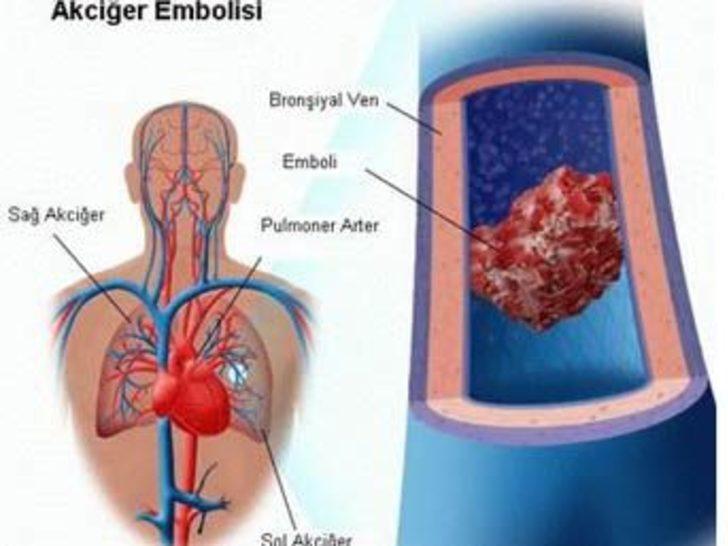 Our Florida offices are in Oviedo, Apopka, and Winter Haven, so contact the one most convenient for you.
Our Florida offices are in Oviedo, Apopka, and Winter Haven, so contact the one most convenient for you.
Johnson & Johnson Vaccine And Blood Clots: What You Need To Know : Shots
Government health officials are recommending a “pause” in vaccinations with the Johnson & Johnson COVID-19 vaccine.
Stephen Zenner/Getty Images
hide caption
toggle caption
Stephen Zenner/Getty Images
Government health officials are recommending a “pause” in vaccinations with the Johnson & Johnson COVID-19 vaccine.
Stephen Zenner/Getty Images
Federal health officials have called for a “pause” in the use of the Johnson & Johnson vaccine after reports that six women who got the vaccine developed blood clots afterward. Close to 7 million people have gotten this vaccine in the U.S. to date.
Close to 7 million people have gotten this vaccine in the U.S. to date.
The Centers for Disease Control and Prevention says the blood clots are extremely rare but that it is reviewing the cases. The agency says it expects this pause to last for “a matter of days.”
The CDC’s principal deputy director, Dr. Anne Schuchat, says the pause is intended “to prepare the health care system to recognize and treat patients appropriately.”
So how worried should you be about these rare cases? And how would you know if you might be at risk? We have answers.
Who is being affected by these blood clots?
The clots that have been reported so far are in women between the ages of 18 and 48. Their symptoms emerged six to 13 days after vaccination. However, at a news conference Tuesday, the acting commissioner of the Food and Drug Administration, Janet Woodcock, said that at this point there’s not enough information to say whether any particular subgroup is more vulnerable.
The CDC’s Schuchat added that there are too few cases at this point to determine what specific risk factors might predispose someone to developing these clots.
What kind of blood clots are we talking about?
The FDA says the clots are a rare and severe type that happens in the blood supply that drains the brain. It’s called cerebral venous sinus thrombosis, or CVST, and it is being seen in combination with low levels of blood platelets (a condition called thrombocytopenia).
The symptoms of CVST vary, but they can include headache, blurred vision, fainting or loss of consciousness, loss of control over movement in part of the body and seizures.
How severe were the cases reported so far? Were any fatal?
The CDC said Tuesday that among the six reported cases, one was fatal and one patient is in critical condition.
NPR has found a listing in the CDC’s Vaccine Adverse Event Reporting System that appears to be the description of the woman who died after getting the vaccine. The report describes a 45-year-old woman in Virginia who got a Johnson & Johnson shot in early March. A week after getting the shot, she got a severe headache and ended up going to the hospital for it. She had blood clotting and a low platelet count, and she died about two weeks after getting the vaccine.
The report describes a 45-year-old woman in Virginia who got a Johnson & Johnson shot in early March. A week after getting the shot, she got a severe headache and ended up going to the hospital for it. She had blood clotting and a low platelet count, and she died about two weeks after getting the vaccine.
FDA officials said Tuesday that their best guess at the moment is that these types of reactions could be a rare autoimmune reaction. They emphasize that these events are “extremely rare.”
What action has the FDA taken with regard to the Johnson & Johnson vaccine?
The FDA has suggested that health care providers pause the use of the vaccine while the side effects are being studied. However, providers are not prohibited from using the vaccine if they feel the benefits to an individual patient outweigh the risks. The government is convening an expert review panel that will hold a public meeting Wednesday. Officials hope to resolve these safety questions in a matter of days.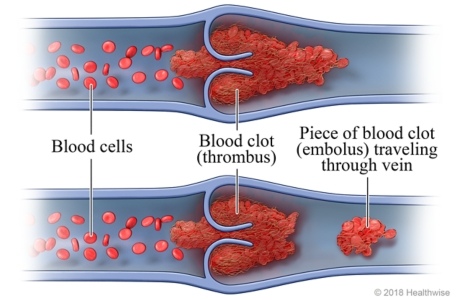
If you got the Johnson & Johnson vaccine recently, should you be on the lookout for symptoms? Which ones?
If you got your shot more than a month ago, your risk of developing these clots is “very low at this time,” Schuchat says. The CDC and FDA say these events appear to occur one week to “not longer than three weeks” after vaccination.
Schuchat says people who got the vaccine within the last couple of weeks should watch for severe headache, abdominal pain, leg pain or shortness of breath. If you develop these symptoms, seek medical treatment — with your doctor or by going to an urgent care clinic or the emergency room — and let doctors know you were recently vaccinated.
Officials note that these symptoms are different from the mild flu-like symptoms, such as fever and mild headaches, that you might experience a few days after getting the vaccine.
Dr. Peter Marks, the director of the Center for Biologics Evaluation and Research at the FDA, adds, “It would be more important if someone reported to an emergency room with a very severe headache or blood clots. “
“
If you got the vaccine very recently, “don’t get an anxiety reaction,” said Dr. Anthony Fauci at a White House news conference Tuesday. “Because remember it’s less than 1 in a million. However, having said that, pay attention.” Fauci advises people to observe any symptoms that crop up, especially a sudden, severe, headache that hits a week or two weeks after the vaccination.
How is this condition treated?
Health officials emphasize that these clots should not be treated the way other clots often are. Most importantly, Marks says doctors should avoid using heparin, a standard blood-thinning treatment, because in these clots it “can cause tremendous harm, or the outcome can be fatal.”
But there is no simple substitute. Treatment with alternate medications needs to be individualized, doctors say, because these patients don’t simply have blood clots — they also have lower levels of platelets. And that can raise a person’s risk of increased heavy bleeding, because it makes it harder for blood to clot.
Marks at the FDA says that ideally, patients with this rare condition should be referred to physicians experienced in treating blood clots. The need for this specialized treatment is one reason the CDC and the FDA saw an urgent need to get the word out about this rare combination of side effects.
Do doctors know what is causing these clotting events? What’s the mechanism?
Scientists have a working hypothesis but don’t have complete answers. Marks at the FDA says the leading hypothesis is that, on rare occasions, the vaccine can trigger an undesirable immune response. So instead of simply prompting the body to produce antibodies that protect against the coronavirus, people also generate antibodies that affect blood platelets. That could explain why they are depleted among people with this rare condition.
Researchers in Europe noted this phenomenon among people who suffered similar side effects after receiving the AstraZeneca vaccine.
Is this happening with other vaccines too?
It’s not happening with the other vaccines authorized for use in the U. S. — the Moderna and Pfizer-BioNTech vaccines — according to the FDA. Those vaccines are based on a different technology, called mRNA, while the Johnson & Johnson vaccine uses what’s called viral vector technology.
S. — the Moderna and Pfizer-BioNTech vaccines — according to the FDA. Those vaccines are based on a different technology, called mRNA, while the Johnson & Johnson vaccine uses what’s called viral vector technology.
However, it has side effects similar to those seen with the AstraZeneca vaccine, which is not approved for use in the U.S. but is used widely in other parts of the world. Like the J&J vaccine, the AstraZeneca vaccine uses a modified virus to activate the immune system’s response.
Health officials say the blood-clotting side effects of the AstraZeneca vaccine appear to be more frequent than what has been reported for the J&J vaccine. One estimate is they affect one person out of every 100,000 vaccines. So far for the J&J vaccine, this condition has been identified in about 1 in a million people, though health officials say there may be a small number of cases that haven’t yet been reported.
How will this affect vaccine distribution?
The White House said it expects no significant impact on its vaccination plan because most of the vaccines used in the U. S. come from Pfizer and Moderna.
S. come from Pfizer and Moderna.
“This announcement will not have a significant impact on our vaccination plan,” said Jeff Zients, the White House’s COVID-19 response coordinator. “Johnson & Johnson vaccine makes up less than 5 percent of the recorded shots in arms in the United States to date.”
Americans scheduled for a J&J vaccine will be quickly rescheduled to receive a Pfizer or Moderna vaccine, Zients said.
Deborah Franklin and Pien Huang contributed to this report.
The AstraZeneca Vaccine: Should You Be Concerned?
Millions of people in dozens of countries have received the AstraZeneca Covid vaccine with few reports of ill effects, and its prior testing in tens of thousands of people found it to be safe.
But recently, blood clots and abnormal bleeding in a small number of vaccine recipients in European countries have cast doubt on its safety, although no causative link has been found between the patients’ conditions and the vaccine.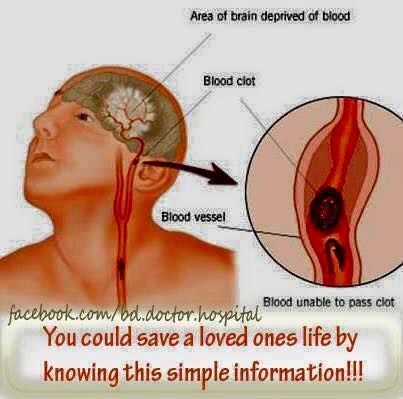 The reports have prompted more than a dozen countries to either partly or fully suspend the vaccine’s use while the cases are investigated. Most of the nations said they were doing so as a precaution until leading health agencies could review the cases.
The reports have prompted more than a dozen countries to either partly or fully suspend the vaccine’s use while the cases are investigated. Most of the nations said they were doing so as a precaution until leading health agencies could review the cases.
The AstraZeneca vaccine has not been authorized for use yet in the United States, although a review of its U.S. trial is expected soon.
What types of problems caused the countries to take precautionary steps?
The cascade of decisions to pause the use of AstraZeneca’s vaccine, mainly by European countries, followed reports of four serious cases in Norway, which were described among health workers under age 50 who received the vaccine. Most developed clots or bleeding abnormalities and had low platelet counts, health authorities there said. Two of them have died from brain hemorrhages, and the other two are hospitalized. The death of a 60-year-old woman in Denmark and of a 57-year-old man in Italy also fueled quick decisions, although none of the deaths have been fully investigated to determine whether there is any link to the shots they received.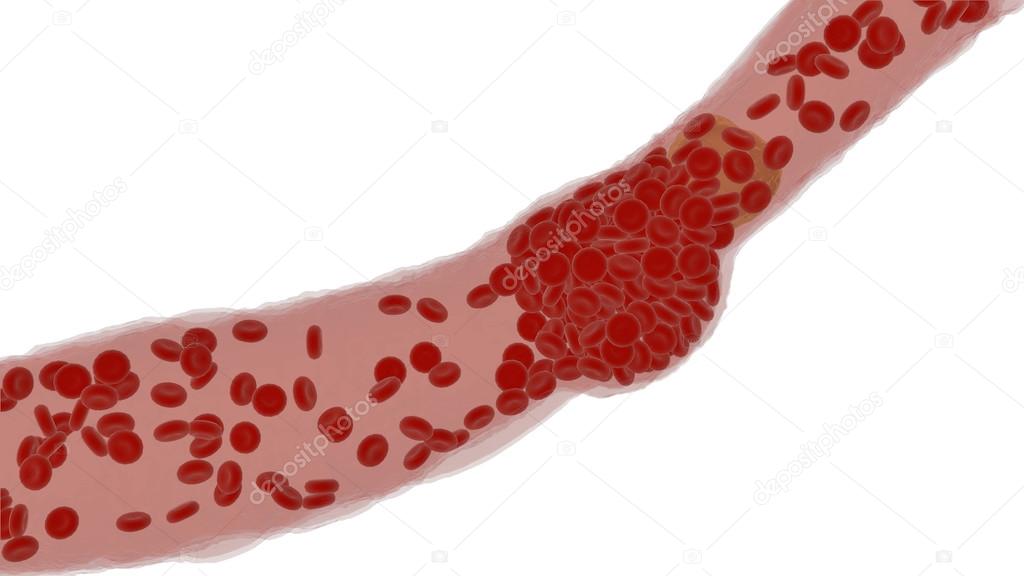
What is a blood clot and what causes them generally?
A blood clot is a thickened, gelatinous blob of blood that can block circulation. Clots form in response to injuries and can also be caused by many illnesses, including cancer and genetic disorders, certain drugs and prolonged sitting or bed rest. Clots that form in the legs sometimes break off and travel to the lungs or, rarely to the brain, where they can be deadly.
Can the vaccine cause blood clots?
Vaccines have not been shown to cause blood clots, said Daniel Salmon, director of the Institute for Vaccine Safety at Johns Hopkins University.
Blood clots are common in the general population, and health authorities suspect that the cases reported in vaccine recipients are most likely coincidental and not related to the vaccination.
“There are a lot of causes of blood clotting, a lot of predisposing factors, and a lot of people who are at increased risk — and these are often also the people who are being vaccinated right now,” said Mark Slifka, a vaccine researcher at Oregon Health and Science University.
From 300,000 to 600,000 people a year in the United States develop blood clots in their lungs or in veins in the legs or other parts of the body, according to the Centers for Disease Control and Prevention.
Based on that data, about 1,000 to 2,000 blood clots occur in the U.S. population every day, according to Dr. Stephan Moll, a hematologist and professor of medicine at the University of North Carolina.
“The United States has 253 million adults,” Dr. Moll said. “So, if every day 2.3 million people in the United States get Covid-vaccinated, that means about 1 percent of the adult population gets vaccinated every day.”
Calculating further, he said, roughly 1 percent of the 1,000 to 2,000 daily blood clots — 10 to 20 a day — would occur in the vaccinated patients just as part of the normal background rates, not related to the vaccine.
“Only if epidemiological data show that that rate is higher, would one start to wonder about a causative relationship,” Dr. Moll said.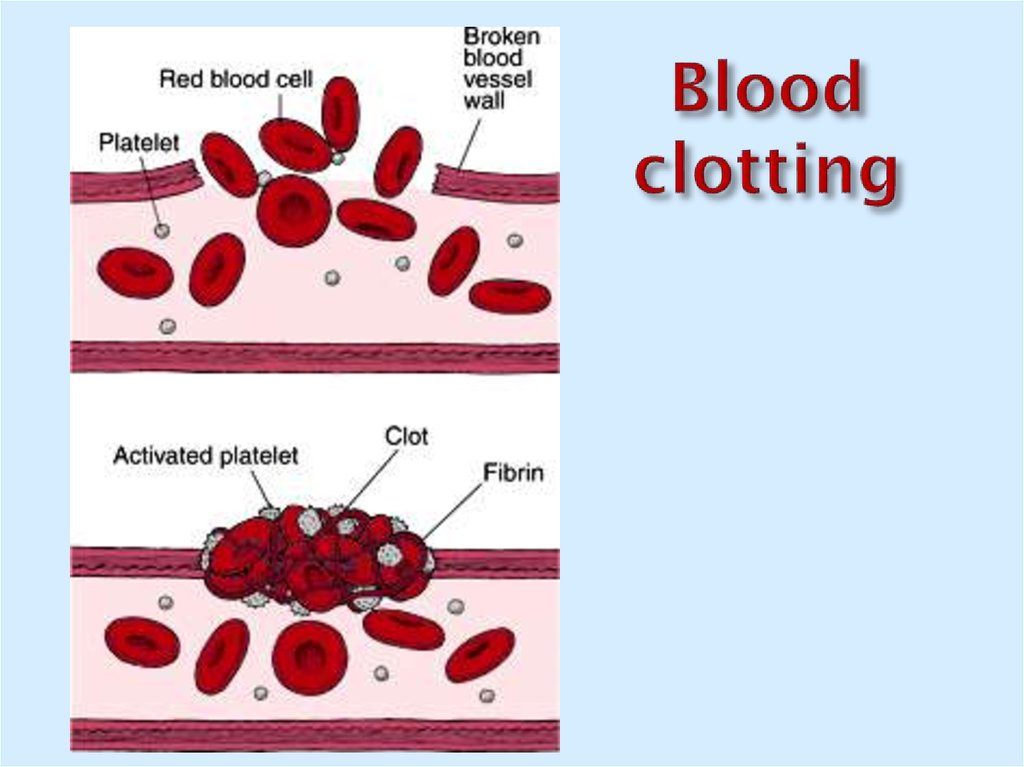
What can existing data on AstraZeneca’s vaccine tell us?
Dr. David Wohl, director of the vaccine clinic at the University of North Carolina, said he had seen no evidence that any of the Covid vaccines had caused blood clots, also called thrombosis, in the large clinical trials that led to their authorization.
But Dr. Wohl also noted, “There are differences between trials and real life.”
The most extensive safety results from the real-world rollout of AstraZeneca’s vaccine come from Britain, where 9.7 million doses of the vaccine had been given out through last month. Britain’s data found that at least some clotting conditions, while extremely rare, were equally prevalent for people vaccinated with AstraZeneca’s vaccine compared to those who got Pfizer’s product. But abnormally low platelet levels were more common among people who got AstraZeneca’s vaccine.
Outside trials, the vaccines are given to a broader array of people. So if safety questions arise once a vaccine comes into more general use, the questions should be investigated, Dr.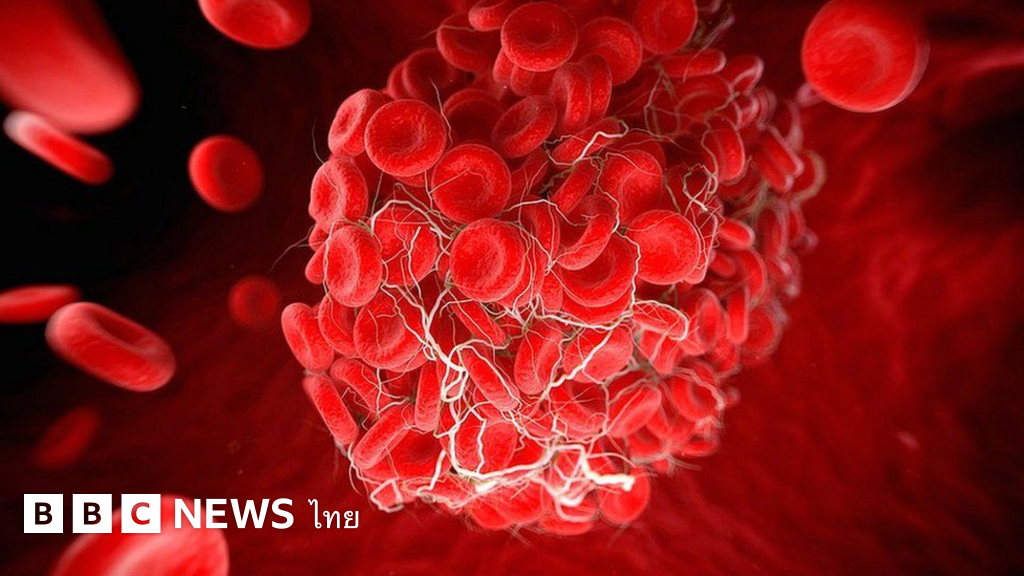 Wohl said.
Wohl said.
“We don’t want to ignore a signal that could indicate a larger problem,” he said. “But at this point it’s premature to think AstraZeneca causes thrombosis.”
Do vaccines cause other bleeding disorders?
Other vaccines, particularly the one given to children for measles, mumps and rubella, have been linked to temporarily lowered levels of platelets, a blood component essential for clotting.
Lowered platelet levels have been reported in small numbers of patients receiving the Moderna, Pfizer-BioNTech and AstraZeneca vaccines. One recipient, a physician in Florida, died from a brain hemorrhage when his platelet levels could not be restored, and others have been hospitalized. U.S. health officials have said that the cases are being investigated, but they have not reported the findings of those reviews and have yet to indicate that there is any link to the vaccines.
How will investigators determine whether there is a link?
The European Medicines Agency said on Monday that it was working with AstraZeneca and health authorities to scrutinize “all the available data and clinical circumstances surrounding specific cases. ”
”
The authorities have not detailed what that assessment will look like. But when assessing a possible connection between a vaccine and a serious side effect, investigators generally focus on estimating how often such medical problems would be expected to turn up by chance in the group of people in question.
That might mean looking at people in the same group from before they got vaccinated. It could also mean looking at a similar group of people. If the rate of these problems is higher in the vaccinated group than would be expected in a comparable population, that’s a sign that the safety issue may be real, or at least worth more scrutiny.
Such investigations typically do not hinge on definitively figuring out whether the vaccine was the cause of a death or a serious medical problem, because in most cases that cannot be conclusively determined. But investigators do take clinical history into account, such as whether a person had been treated for similar medical problems before being vaccinated.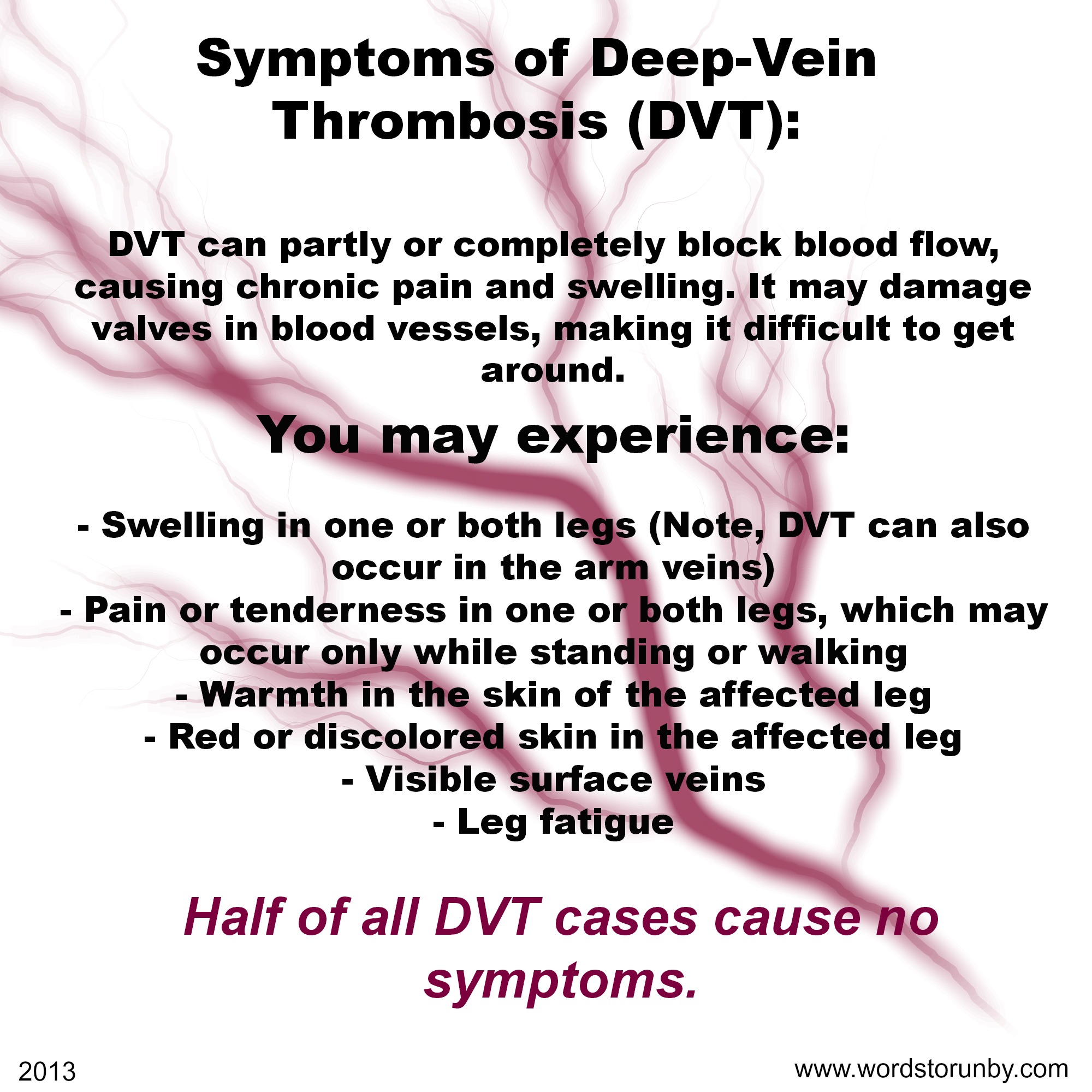
Investigators also keep in mind factors that might make a group of people more likely to fall ill. Older people, who have been prioritized in vaccination campaigns around the world, are at higher risk of developing blood clots than younger people.
What to Know About Covid-19 Booster Shots
Who is eligible for a booster shot?
The F.D.A. has authorized booster shots for millions of recipients of the Pfizer-BioNTech, Moderna and Johnson & Johnson vaccines. Pfizer and Moderna recipients who are eligible for a booster include people 65 and older, and younger adults at high risk of severe Covid-19 because of medical conditions or where they work. Eligible Pfizer and Moderna recipients can get a booster at least six months after their second dose. All Johnson & Johnson recipients will be eligible for a second shot at least two months after the first.
Can I switch Covid vaccines for a booster?
Yes. The F.D.A. has updated its authorizations to allow medical providers to boost people with a different vaccine than the one they initially received, a strategy known as “mix and match. ” Whether you received Moderna, Johnson & Johnson or Pfizer-BioNTech, you may receive a booster of any other vaccine. Regulators have not recommended any one vaccine over another as a booster. They have also remained silent on whether it is preferable to stick with the same vaccine when possible.
” Whether you received Moderna, Johnson & Johnson or Pfizer-BioNTech, you may receive a booster of any other vaccine. Regulators have not recommended any one vaccine over another as a booster. They have also remained silent on whether it is preferable to stick with the same vaccine when possible.
What underlying medical conditions qualify for a booster shot?
The C.D.C. has said the conditions that qualify a person for a booster shot include: hypertension and heart disease; diabetes or obesity; cancer or blood disorders; weakened immune system; chronic lung, kidney or liver disease; dementia and certain disabilities. Pregnant women and current and former smokers are also eligible.
What occupations are eligible for boosters?
The F.D.A. authorized boosters for workers whose jobs put them at high risk of exposure to potentially infectious people. The C.D.C. says that group includes: emergency medical workers; education workers; food and agriculture workers; manufacturing workers; corrections workers; U. S. Postal Service workers; public transit workers; grocery store workers.
S. Postal Service workers; public transit workers; grocery store workers.
Can I get a flu shot at the same time as a Covid vaccine or booster shot?
Yes. The C.D.C. says the Covid vaccine may be administered without regard to the timing of other vaccines, and many pharmacy sites are allowing people to schedule a flu shot at the same time as a booster dose.
Individual health ministries also are conducting investigations, and the health authorities in those countries are awaiting results of autopsies. In Italy, in addition, the authorities have seized doses of the vaccine in the Piedmont region as part of an inquiry into the teacher’s death there over the weekend.
Can we expect updates on the investigation?
A World Health Organization advisory committee plans to meet on Tuesday to discuss the vaccine. The European Medicines Agency’s safety committee will meet on Thursday.
Jennifer Nuzzo, an epidemiologist at the Center for Health Security at Johns Hopkins University, said she hoped that the authorities would provide regular updates on the status of the investigation into the safety of the AstraZeneca vaccine — something that often does not happen when safety issues are probed.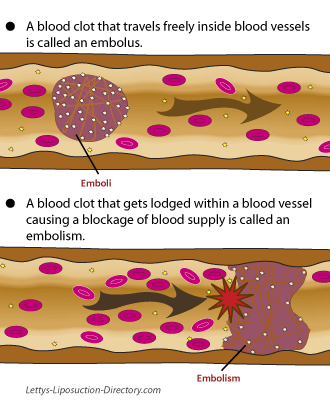
“I really wish there could be more continued communication about what kinds of analyses they’re doing, what are they looking at, even if they’re interim — just to give transparency into the process to improve trust in the process,” Dr. Nuzzo said.
What has the company said about the safety scare?
AstraZeneca first publicly addressed the safety concerns a week ago, after Austria halted vaccinations from one batch of AstraZeneca’s vaccine. A company spokesman said at the time that no serious vaccine side effects had been confirmed.
On Thursday, after Denmark moved to halt all vaccinations with AstraZeneca’s product, the company put out a statement more pointedly defending its vaccine’s safety. AstraZeneca’s safety data, a trove of more than 10 million records, had shown no evidence of an increased risk of blood clot-related problems in any demographic group or country, the company said.
On Sunday, after several more countries had announced plans to suspend their vaccination campaigns, AstraZeneca issued a news release with more specifics on the numbers of side effects reported and people vaccinated in clinical trials and in immunization campaigns in Europe.
On Monday, an AstraZeneca spokesperson said the company was “working with national health authorities and European officials and look forward to their assessment later this week.” (The company refused to name the spokesperson.)
Is there precedent for a vaccine safety scare?
Past vaccine safety concerns have not usually been borne out by the evidence, though there are exceptions. In 1999, the first vaccine against the rotavirus infection that causes diarrhea in infants was pulled off the market because it was found to increase risk of obstruction of the intestine.
But even unsubstantiated safety concerns have deflated public confidence.
After the Food and Drug Administration approved a highly effective vaccine for Lyme disease in 1998, media reports and a class-action lawsuit gave fuel to complaints from people who said they had developed arthritis after being vaccinated. In 2001, the F.D.A. reconvened a panel of experts to review the vaccine’s safety data — clinical trials had turned up no difference in the frequency of long-term joint symptoms between the vaccine and placebo groups — and concluded that the vaccine should stay on the market.
But by then, public perception of the vaccine was too far gone: A steep drop-off in sales spurred the vaccine’s maker, GlaxoSmithKline, to pull the vaccine from the market in 2002.
What is the vaccine’s status in the United States?
While more than 70 countries have authorized the vaccine, the United States has not. AstraZeneca has not yet applied to the Food and Drug Administration for authorization and is waiting for results from its U.S. trial that enrolled more than 32,000 participants.
An announcement from AstraZeneca about those results could come soon: The data from that trial are under review by an independent panel of experts, Dr. Francis Collins, the director of the National Institutes of Health, told Reuters on Monday.
Strong safety and efficacy results from that trial could go a long way in reassuring people about AstraZeneca’s vaccine, said Geoffrey Porges, an analyst for the investment bank SVB Leerink.
“But the longer this hangs out there, without a comprehensive review and without the U. S. Phase 3 results, the more people are going to be concerned,” Mr. Porges said.
S. Phase 3 results, the more people are going to be concerned,” Mr. Porges said.
About fear of death
Fear of death is typical of anxiety-phobic disorder. A lot of letters with his description come to us. If you want to stop being addicted to pills, you will have to change your attitude to the treatment process. You no longer even notice how you program yourself for the anxious expectation of a “seizure” and the fear of death. You already have a powerful phobic attitude. The attitudes that shape our words, thoughts and images are a very powerful force. They pervade our entire life.And we are either their blind hostages, or they are our faithful helpers. Without realizing the mechanism of your harmful thoughts and harmful (as professionals say dysfunctional) attitudes, it is impossible to get rid of your bad habit of unconscious self-intimidation. It is important to understand that panic disorder or agorophobia, manifested by panic attacks or regular heightened anxiety, is the result of a bad habit. Therefore, it is necessary to treat fear not as a disease that does not depend on you, but as a bad habit, the maintenance or overcoming of which depends on you.The same applies to treatment. You cannot approach him passively, simply bringing your body to the specialist and flopping it into a chair or hospital bed. The attitude of neurosis therapy as treating a fracture – “put a plaster cast and wait for it to heal” – will not work here. As Avicenna (Abu Ali Hussein ibn Abdallah ibn Sina) said a thousand years ago: “There are three of us, you are me and your illness. And on whose side you take, he will win. ”
Therefore, it is necessary to treat fear not as a disease that does not depend on you, but as a bad habit, the maintenance or overcoming of which depends on you.The same applies to treatment. You cannot approach him passively, simply bringing your body to the specialist and flopping it into a chair or hospital bed. The attitude of neurosis therapy as treating a fracture – “put a plaster cast and wait for it to heal” – will not work here. As Avicenna (Abu Ali Hussein ibn Abdallah ibn Sina) said a thousand years ago: “There are three of us, you are me and your illness. And on whose side you take, he will win. ”
For a person who has experienced symptoms of fear and panic for many years, the need to be aware of and recognize something there may seem strange.Many believe that they can immediately distinguish symptoms of fear from physical illness, but this is not always the case, and some still confuse one with the other. For example, a person with anxiety attacks often believes that chest pain or shortness of breath is associated with a physical illness (heart or vascular problems). And these symptoms, no matter how difficult it is to believe in such a thing, are caused precisely by fear. In addition, the symptoms of fear can appear as if “out of nothing”, but in fact because of stress that we are not aware of.Since the cardiovascular system is primarily involved in the body’s response to stress, and it works in an enhanced, but healthy (!) Mode of functioning, therefore “seizures” may seem like signs of a physical illness. Despite the conscious understanding of the groundlessness of one’s own doubts, negative thoughts that sharply exaggerate the degree of danger can still obsessively creep into your head. However, nothing would ever be done if it were required to refute all possible objections.Therefore, it is important to refute your erroneous judgments, justify the safety of your choice and act despite the residual anxiety (going outside, entering an elevator or subway). This is not to say that there are no dangers around us. Those who assert this are at least disingenuous or seriously ill.
And these symptoms, no matter how difficult it is to believe in such a thing, are caused precisely by fear. In addition, the symptoms of fear can appear as if “out of nothing”, but in fact because of stress that we are not aware of.Since the cardiovascular system is primarily involved in the body’s response to stress, and it works in an enhanced, but healthy (!) Mode of functioning, therefore “seizures” may seem like signs of a physical illness. Despite the conscious understanding of the groundlessness of one’s own doubts, negative thoughts that sharply exaggerate the degree of danger can still obsessively creep into your head. However, nothing would ever be done if it were required to refute all possible objections.Therefore, it is important to refute your erroneous judgments, justify the safety of your choice and act despite the residual anxiety (going outside, entering an elevator or subway). This is not to say that there are no dangers around us. Those who assert this are at least disingenuous or seriously ill. You shouldn’t trade black glasses of paranoia for pink glasses of complacency. In both scenarios, we are in for trouble. Of course, there are dangers and there are many of them, but their probability differs significantly in different situations.And the most important thing is to learn how to accurately and adequately assess these probabilities and risks. The only guarantee that nothing can happen to a person is death. Then nothing can happen, only then is it absolutely safe. Therefore, it is important to accept the conditions of real life, where everything is possible. But everything has a different probability. Having accepted the risk of real life, you can, however, not lose your calmness and presence of mind through accurate and adequate understanding. The main principle in challenging harmful thoughts is a specific and meaningful, confirmed by convincing facts and argumentation, the answer.Since the harmful thoughts themselves, although they contain errors, are very specific, meaningful and believable.
You shouldn’t trade black glasses of paranoia for pink glasses of complacency. In both scenarios, we are in for trouble. Of course, there are dangers and there are many of them, but their probability differs significantly in different situations.And the most important thing is to learn how to accurately and adequately assess these probabilities and risks. The only guarantee that nothing can happen to a person is death. Then nothing can happen, only then is it absolutely safe. Therefore, it is important to accept the conditions of real life, where everything is possible. But everything has a different probability. Having accepted the risk of real life, you can, however, not lose your calmness and presence of mind through accurate and adequate understanding. The main principle in challenging harmful thoughts is a specific and meaningful, confirmed by convincing facts and argumentation, the answer.Since the harmful thoughts themselves, although they contain errors, are very specific, meaningful and believable. They cannot be defeated with the hacky phrases “everything is fine” or “we will break through.” They require painstaking work, regular and consistent confrontation.
They cannot be defeated with the hacky phrases “everything is fine” or “we will break through.” They require painstaking work, regular and consistent confrontation.
If something is wrong with you and your life, the first thing to do is to admit it. One of the most unfortunate ways to deal with what gets in the way of life is to ignore your inner problems. The second step is to acknowledge that something needs to be done about these problems, and not someday, but right now.The third step is an action plan that includes an information gathering phase, an action phase, an action reinforcement with regular training, and feedback.
You need to make a list of all your typical harmful thoughts that provoke and intensify fear. You will be able to notice and reveal these thoughts in the case of regular use of the diary of structured self-observation described in cognitive-behavioral psychotherapy and accustom yourself to training for new thoughts and a new position, which in the future will become the same automatism as the bad habit program worked earlier.
At the moment of a panic attack, try to remind yourself that “attacks”, or rather, states of anxiety and fear, are already familiar to you and have been successfully experienced earlier. The present state is not unique (just as the internal sabotage voice of your irrational position does not want to deceive you) and therefore, like the past, will soon pass. This usually takes five to ten minutes.
Better to abandon the strategy of getting rid of fear as quickly as possible. It only adds to your emotional and physical tension.First of all, pinpoint the subject of your fear and try to explain to yourself how unreasonable and even ridiculous it is.
Repeat to yourself that, in spite of your terrible fear, no one has yet died or gone mad from these attacks. Tell yourself, “This will definitely pass.”
Try to identify your current body sensations and emotional state. Explaining to myself: “These are just strong emotions and natural bodily reactions to them, which are safe and harmless for my healthy body. “
“
Allow yourself to feel anxious about breathing difficulties and immediately begin breathing slowly and rhythmically. You will make sure you are getting enough oxygen.
Every one to two minutes measure your anxiety using a 10-point scale. You will see that despite fluctuations in the level of anxiety, it gradually subsides. Explain to yourself that you are in control and know how to help yourself.
Take 10 slow, deep breaths involving the diaphragm.Measure the alarm level again. Explain to yourself what your feelings and states are connected with.
Focus on objects and physical phenomena around you. Describe your room, clothes, sounds, smells in your mind. Stay in the world of these notions and switch from your inner experiences to the phenomena around you.
Coronavirus. Main | Program: Information program “OTRazhenie” | OTR
Ivan Knyazev: On the air “OTRAZHENIE”, we continue.Marina Kalinina with you …
Marina Kalinina: . .. and Ivan Knyazev.
.. and Ivan Knyazev.
Ivan Knyazev: Coronavirus pandemic news right now.
Today we have a new daily record, the maximum deaths from COVID-19, 1,015 people died in our country, 33,740 fell ill with coronavirus in Russia per day. So what else? In St. Petersburg today, QR codes are being introduced, from November 1 they will be needed when attending exhibitions and sports events, and from November 15 without a QR code it is impossible to enter the pool, fitness center, theater, cinema and even the registry office: first you need to get vaccinated, then get married …
Marina Kalinina: So, where else have QR codes been introduced in Russia? This is the Perm Territory, Bashkiria, St. Petersburg, as Vanya has already said, Udmurtia, the Nizhny Novgorod Region, the Ulyanovsk Region, well, now you see the map on your screens, also the Amur Region, Kabardino-Balkaria …
Ivan Knyazev: An impressive list regions in fact.
Marina Kalinina: .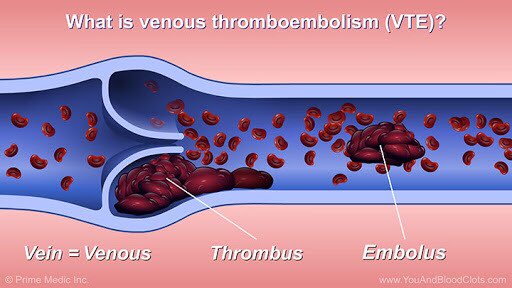 .. Chechnya and many, many, many other regions of our country.
.. Chechnya and many, many, many other regions of our country.
Ivan Knyazev: Where is it impossible without QR codes? In cultural institutions, theaters, museums, various mass events, cafes, restaurants, fitness clubs, shops and others.But in principle, in each region, you can see a list of where you will not be allowed without a QR code.
What else? In Latvia, it came to curfew, and the US Ministry of Health allowed, for example, to mix vaccines, this is when you can first inject one, then the other. What’s next? We are waiting, of course, for your questions to our experts, call live right now.
Marina Kalinina: Well, Vsevolod Bentsianov, Ph.D., chief physician of the Pulse clinic, is in touch with us now.Hello.
Vsevolod Bentsianov: Yes, good afternoon, Marina, good afternoon, Ivan.
Ivan Knyazev: Vsevolod Alexandrovich, well, we already have such a psychological barrier, 1,000 deaths a day, that’s a lot already.
Vsevolod Bentsianov: Well, not just psychological, he and arithmetic too, have updated the maximum for the whole time. Well, this is clear evidence that the situation is very tense.
Ivan Knyazev: Well, how tense is it? I don’t know, right here it’s even difficult for me to compare with something … Will the number of deaths continue to grow? Where do we stop, at what point?
Vsevolod Bentsianov: Oh … Well, I can’t tell you that.But it is clear that there is a direct dependence on the fact, or rather even the opposite, the less we adhere to the principles of isolation, well, individual protection, and so on, the greater the morbidity and, accordingly, mortality.
Ivan Knyazev: Is this more and more about isolation, about precautions, or does all this still correlate with the 45% ratio of vaccinated and unvaccinated? 45% of us were vaccinated.
Vsevolod Bentsianov: Well, it’s all together, all together. That is, this is a puzzle that must be formed in order for the epidemic situation to become more favorable. But on top of that, the virus is changing. We seem to be vaccinated, but now a very large percentage of vaccinated people are sick again, those who were vaccinated in the summer, even in the spring, they are now sick.
That is, this is a puzzle that must be formed in order for the epidemic situation to become more favorable. But on top of that, the virus is changing. We seem to be vaccinated, but now a very large percentage of vaccinated people are sick again, those who were vaccinated in the summer, even in the spring, they are now sick.
Ivan Knyazev: But how are they getting sick?
Marina Kalinina: And what?
Vsevolod Bentsianov: Lighter, generally lighter.
Ivan Knyazev: It’s just that in this thousand deaths per day, how many, I wonder, are vaccinated?
Vsevolod Bentsianov: I can’t say that, I don’t have such statistics, of course. I see from our patients, whom we observe, there are many vaccinated. But, but, I want to make a reservation right away: this does not mean at all that you do not need to be vaccinated, the vaccine still works. If there was no vaccine, these numbers would be an order of magnitude higher. It’s just that there is a virus that changes and sometimes breaks through this protection with antibodies, but nevertheless it does not realize itself in the body of a vaccinated person as much as in unvaccinated people, well, for the most part.
It’s just that there is a virus that changes and sometimes breaks through this protection with antibodies, but nevertheless it does not realize itself in the body of a vaccinated person as much as in unvaccinated people, well, for the most part.
Marina Kalinina: But look, when the pandemic began, there was no vaccination against coronavirus, people got sick, of course, it all went exponentially. Now people have begun to vaccinate, some kind of immunity has already developed, and there are more and more sick people. Is it just because the virus is changing, or is it something else? I just want to understand. Or does the vaccine no longer work in this case?
Vsevolod Bentsianov: This is due to the fact that the virus is changing, and as a result, not all vaccinated people have sufficient immunity, formed post-vaccination, so that the virus could not infect them.This is a reduction in precautions, masks and other personal protective equipment. Well, this is a forced story, when you cannot keep people in absolute isolation all the time, it is clear that many people communicate in transport, in some public places, etc.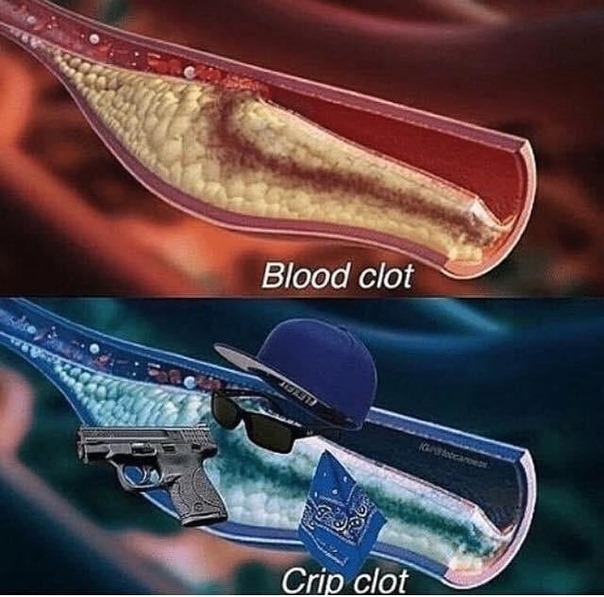 , etc. This is all together. I think that vaccine manufacturers will learn to respond to the variability of the virus in the same way that they learned to respond to the variability of the influenza virus.
, etc. This is all together. I think that vaccine manufacturers will learn to respond to the variability of the virus in the same way that they learned to respond to the variability of the influenza virus.
Ivan Knyazev: Yeah. Well, right now, I specifically looked at the percentage of people with coronavirus after vaccination, there is even a selection in different regions, for example, in the Ulyanovsk region, 0.7%, in the Kursk region, 0.37%, well, that is, it’s generally all within 1% , that’s why I asked you this question.
Vsevolod Bentsianov: Well, you know, I will repeat it again, focusing on the data that I have in my hands, the data of the patients we observe. I didn’t calculate, but it’s not 1%.
Ivan Knyazev: More or less?
Vsevolod Bentsianov: More.
Ivan Knyazev: Specifically sick and seriously ill?
Vsevolod Bentsianov: No, sick, in principle sick.
Ivan Knyazev: Good.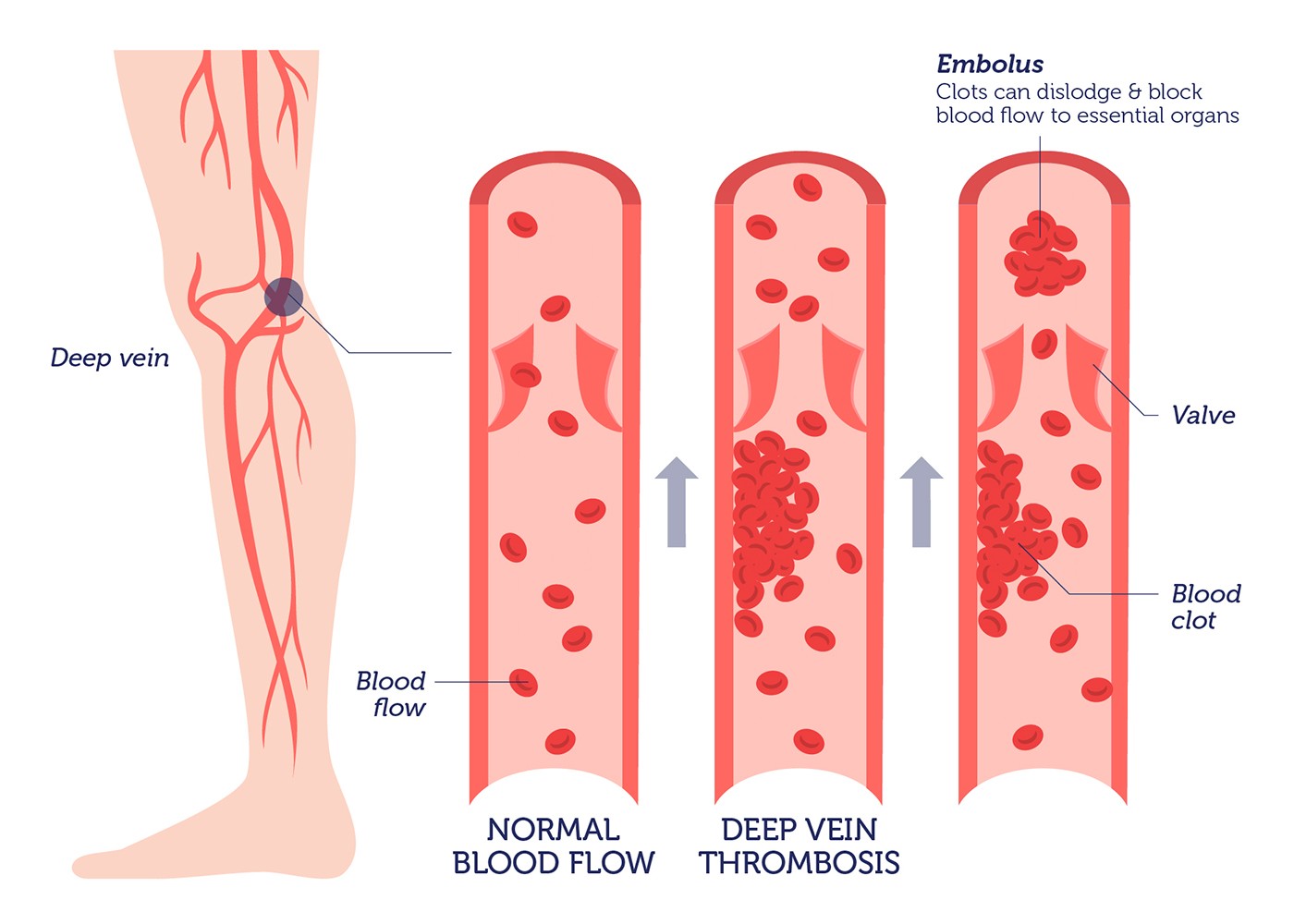
You say that our virus is changing, but how many months have we been living with the “delta”?
Vsevolod Bentsianov: Well, for a long time, according to the literature, this has been heard, it would seem that not long ago, but in the literature it has been described for a long time. In the guidelines for the treatment of coronavirus infection, which was updated on October 14, just recently, there is this data, this is some kind of 2020, I don’t remember the month, well, we have been with him for about a year already. It’s just that it is spreading right now …
Ivan Knyazev: Just the question is, when can we expect a new strain.
Vsevolod Bentsianov: Well, it’s hard to say, ha-ha, when we can expect him. Here I would not put the question like that, not when to wait, but when we learn to react quickly to it. I’ll repeat it again, by analogy with the flu. That is, every year there is a new flu, every year a new strain. When an epidemic, a pandemic begins, the manufacturers quickly take the strain that is relevant, they make a vaccine on its basis. When vaccines have already been designed, well, as far as I imagine the technology of their production, it is not difficult to update it every year or every six months, I don’t know.As the production goes on, that is, the required protein is simply added, the one that is relevant, and, in fact, the vaccine becomes more effective.
When vaccines have already been designed, well, as far as I imagine the technology of their production, it is not difficult to update it every year or every six months, I don’t know.As the production goes on, that is, the required protein is simply added, the one that is relevant, and, in fact, the vaccine becomes more effective.
Marina Kalinina: Vasily phoned us from St. Petersburg. Vasily, hello.
Ivan Knyazev: We are listening to you.
Viewer: Hello.
Well, here I am from St. Petersburg. You freely enter the store, no one will stop you, will not say “Put on the mask”, freely. In transport it is the same, in ground transport, no one will stop you either, you can safely go.In the metro, they are more or less still slowing down, and everything is calm everywhere. So if they say there, from my point of view, restaurants, cafes – well, not so many people go to restaurants and cafes as they do shopping.
Marina Kalinina: Yeah.
Viewer: Mostly shops. And how can people go to a hairdresser? Nobody will cut you with a mask, because it is impossible to cut a man in a mask. Here is my personal opinion. But about the masks that in public transport or in shops, it’s free, here is St. Petersburg, you can walk freely, no one will do anything for you, unless the person himself wants to put on, but so no one …
Marina Kalinina: Vsevolod Alexandrovich, well, for such calls and messages (thank you for your call) and for what, in fact, we all see on the streets, in public transport and in the same stores, etc.etc., etc., I have the impression that we are only somewhere, well, if not at the beginning, then in the middle of the path to the maximum morbidity, to the maximum deaths, because … So I don’t know how to explain to people, that you need to wear masks at least.
Vsevolod Bentsianov: It’s surprisingly enough for me too, ha-ha, because it seems to me that everyone in our inner circle already has people who, at least, were seriously ill, and there are those who have not survived this disease.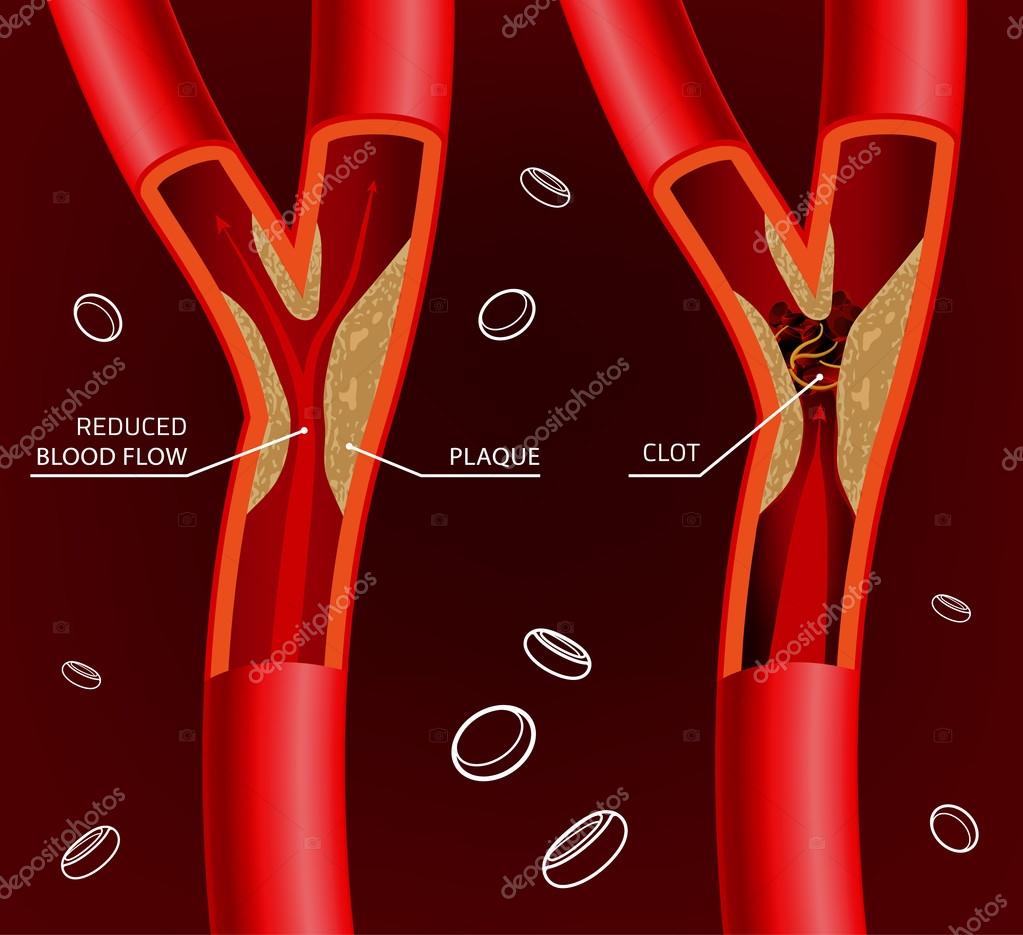 It’s not like when in the beginning, he died, oh, he died, somewhere someone has seventh water on jelly, but now, here are the familiar first hands, which, so to speak, were in the phone book , and they are no longer there because of this case.It is clear that control is not at a high level, but I would first of all talk about some kind of self-awareness, or something, or social responsibility. That is, for some reason, people do not understand that with such behavior they can kill their relative, well, I say conditionally, but this is not far from the truth.
It’s not like when in the beginning, he died, oh, he died, somewhere someone has seventh water on jelly, but now, here are the familiar first hands, which, so to speak, were in the phone book , and they are no longer there because of this case.It is clear that control is not at a high level, but I would first of all talk about some kind of self-awareness, or something, or social responsibility. That is, for some reason, people do not understand that with such behavior they can kill their relative, well, I say conditionally, but this is not far from the truth.
And of course, there is some incomprehensible imbalance, it also seems to me that in a restaurant, sitting at a table, it is difficult to infect anyone, except for your interlocutor, well, the maximum of a waiter, but in the subway, on the bus and in the shopping center, where it is jam-packed, there it is just much easier to do it.But there, apparently, it is more difficult to control, ha-ha, so they control where … As it is, you know, he is looking for a watch not where he lost it, but where it is light, under a lantern, something like this.
Ivan Knyazev: Thank you very much.
Marina Kalinina: Thank you.
Ivan Knyazev: Vsevolod Bentsianov, candidate of medical sciences, chief physician of the Pulse clinic, was in touch with us.
From the Saratov region SMS: “Two friends died from COVID, they did not have vaccinations, and now I have no one to call.”“I really want to get vaccinated,” a viewer from the Orenburg region already writes, “but I have allergies and asthma. Ask the doctor how to be like this, ”- now we will forward this question to the next expert. From the Smolensk region: “Have you forgotten about the false certificates? This is where people get sick, ”the viewer writes to us.
Marina Kalinina: We have another expert on this topic – Vladimir Bolibok, an immunologist-allergist. Hello, Vladimir Anatolyevich.
Vladimir Bolibok: Hello.
Ivan Knyazev: Vladimir Anatolyevich, this is just an SMS for you: asthma and allergies, a person wants to be vaccinated.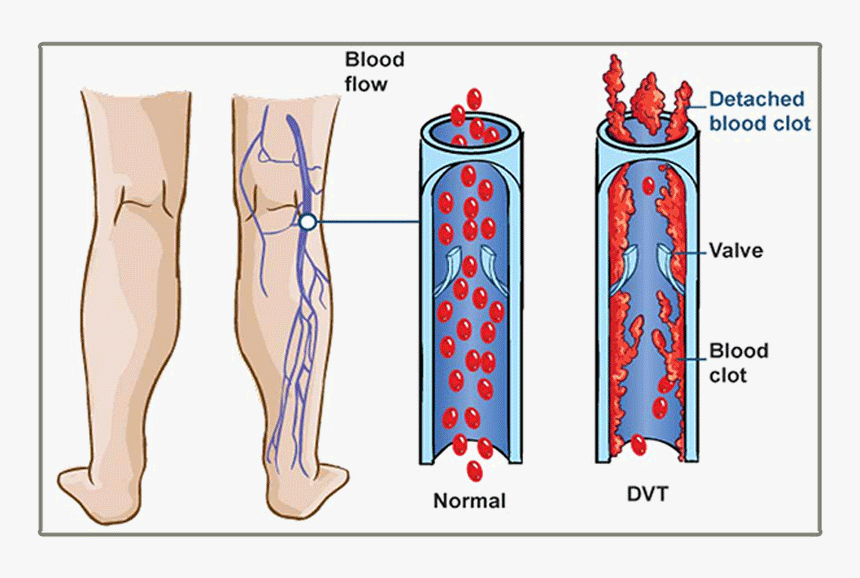
Vladimir Bolibok: Well, actually, any chronic disease, or asthma, or allergy, they are contraindications only at the moment when there is an exacerbation. That is, if a person is diagnosed with asthma and he completely controls it, that is, the respiratory function is preserved, he, for example, uses the inhaler regularly and monitors it, so that he does not develop bronchospasms, respectively, the chronic disease is brought into the so-called medication remission, and at this point, of course, you can vaccinate.Well, you can play it safe, which means by slightly increasing the dose of the inhaler or additionally taking some antihistamines, but in general there are no contraindications to vaccination in a stable state.
Marina Kalinina: We have a call from Saratov. Love, hello. Let me remind you that you can call and ask questions to our expert, but for now let’s talk to Lyubov. Love, hello.
Viewer: Hello.
Ivan Knyazev: We are listening to you.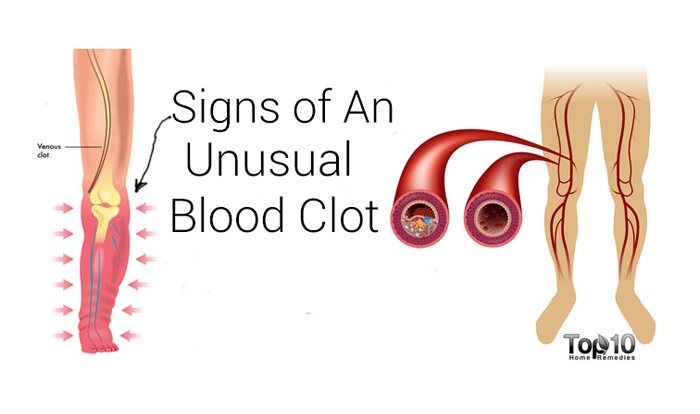
Spectator: You know, I’m sitting here now, too, I have had COVID, although my husband and I are, of course, vaccinated, it was 8 months ago, in February. I wanted to be revaccinated and I think I got infected, of course, in the hospital, when I went to do, in general, to have tests. So I want to say that here in Saratov, we talked about the fact that yes, there will be an outbreak expected in the fall. But what was done for this was, if we are waiting for tests, PCR tests, here I am now, unfortunately, for 1.5 months already, I have positive and positive at home, then for 5-6 days, when people need to start within 24 hours treatment, how will they not die? This is also a big problem.The regions had to think and prepare.
And I’m just for vaccinations. Today is the year that our friend died from COVID, today is a year. Therefore, I am only, of course, in favor of vaccinations and, I think, thanks to the vaccination, I did not recover so badly. But the regions also need to think.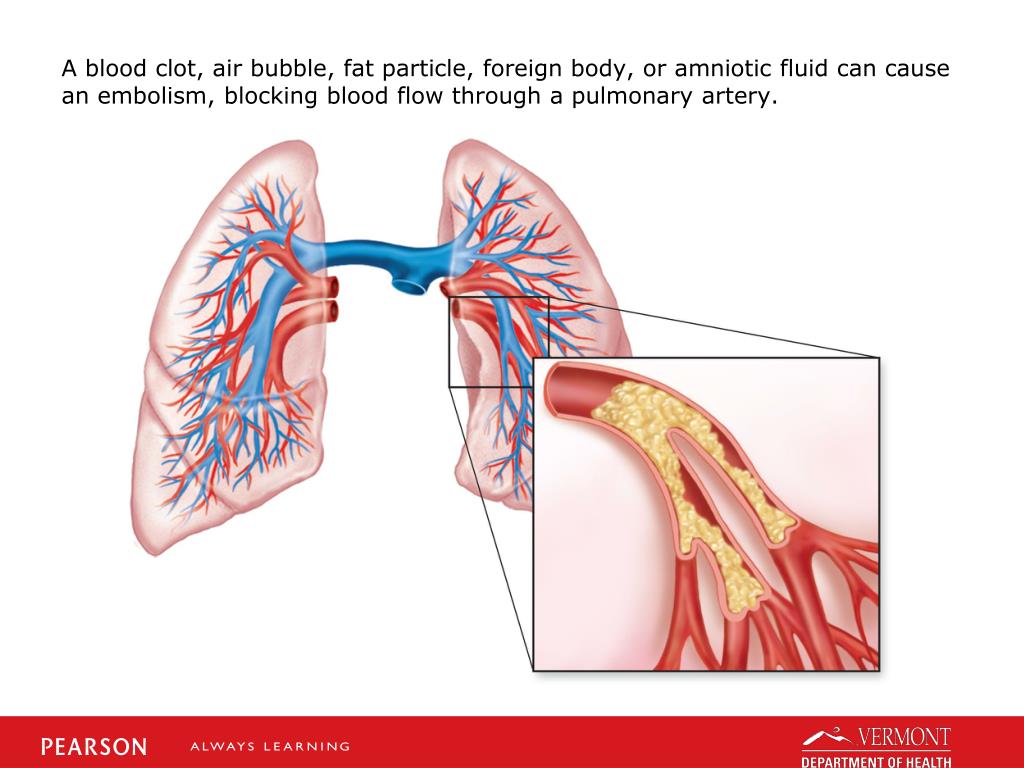 We walk on our own, I walk on my own, I hand over the PCR test, because there is no one to come, the doctors just work hard, there are few doctors. I don’t know what the ministry thinks about this. So, of course …
We walk on our own, I walk on my own, I hand over the PCR test, because there is no one to come, the doctors just work hard, there are few doctors. I don’t know what the ministry thinks about this. So, of course …
And now I would like to ask a question.You see, I have already had 1.5 months, I have been taking the PCR test for the sixth time, and I have a positive one all the time, of course, I am also, in general, worried. How much, how long can I have and why?
Marina Kalinina: Do you take any medications? Did the doctor prescribe something for you?
Spectator: You know, I only prescribed it, it means that there are no blood clots, well, from the heart, I have tachycardia, but, in general, I don’t know anything else, nothing.
Ivan Knyazev: Yes, of course, thank you very much, Love, for your call.Vladimir Anatolyevich, well, a really interesting case, 1.5 months, some kind of sticky coronavirus got caught here, because, it seems to me, the body already had to somehow get rid of it itself already, without any drugs.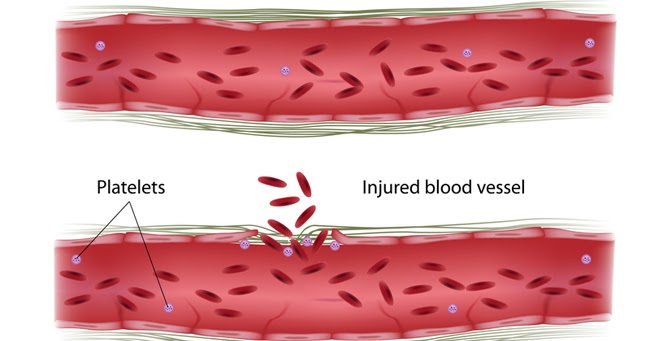
Marina Kalinina: Yes, and tests, of course, for 6 days are generally disgraceful when a person is sick.
Vladimir Bolibok: Well, let’s start with tests. This problem is known, they are trying to deal with it, because PCR tests take a long time.Therefore, the city of Moscow, having large resources for health care, means that they are introducing express testing, this is an immunochemical test, the analysis is done within 15 minutes, well, there at home, a health worker came to the patient’s home or in the doctor’s office, if it is about outpatient admission. This is a problem, I agree.
And now we sometimes criticize the medical statistics of the operational headquarters, in some regions it can be seen that such plateaus are formed, that is, the incidence grows, grows, grows, then again! – and such a pillar is as if flat.So this just indicates that in this region the throughput of the PCR-diagnostics laboratories has been completely exhausted, they simply cannot physically identify more tests, conduct more tests, respectively, the detectability rests against this ceiling of the throughput of PCR laboratories.
As for the long COVID, this long virus carrier, it requires the individual work of an infectious disease immunologist. That is, most likely, the patient has some problems with the immune system, well, on the air, I will not give her any advice on treatment.But in principle, the problem is clear, I had such patients, how to help, is also understandable in principle. That is, please, they can contact me for a personal consultation. Such cases were described even in our literature, such cases are described, one patient isolated a coronavirus infection for several months and, imagine, they did it on purpose, it was in a research institute, she was monitored, sequenced, and it was found that for these several months she had eight new strains inside her, in her body.That is, this is such a problem, it is not common, but it exists.
Ivan Knyazev: An interesting patient, she turned out to be an incubator of new strains.
Vladimir Bolibok: Yes. But there is a specific patient there, she suffered from quite serious diseases, her immune system was suppressed, in fact, this led to the fact that she could not recover from coronavirus infection. We have patients …
Ivan Knyazev: A huge number … Yes, go on.
Vladimir Bolibok: No, no, I … Ask a question, please.
Ivan Knyazev: We just have a huge number of SMS with such specific questions. In particular, from the Khabarovsk Territory: “Lung cancer, relapse, undergoing immunotherapy, I lost my husband’s mother from COVID. I want to be vaccinated, they say, it is impossible. I am afraid of getting infected a second time, “- that is, in general, there is already such a dead-end situation.
Vladimir Bolibok: You know, now, perhaps, our head Ministry of Health, or local Ministries of Health, or associations of specialists in Russia should develop some approaches to enable us to give patients who wish to be vaccinated, but they have some kind of chronic diseases, so these vaccinations should be done.Because, first of all, this is the same risk group, patients with chronic diseases, whom COVID simply kills. Therefore, there is such a systemic flaw in the Ministry of Health and the corresponding clinical committees of the Ministry of Health. But I think that if you go to a specialist doctor personally with a request to help you get into a state where you can vaccinate, I think this can be achieved. That is, we are talking about how to achieve remission for your chronic disease, and in a state of remission, you can be vaccinated.
Marina Kalinina: Another call from the Moscow region. Marina, hello.
Viewer: Hello.
Marina Kalinina: We are listening to you.
Spectator: I would like to say about vaccinations, what I am for vaccination and I think that everyone should get vaccinated, because only vaccination can save, here. And I would also like to ask, not to ask, but to ask such a question about … When you enter the subway, they require gloves and masks; you go to the clinic, they also require masks, gloves, shoe covers; when you call an ambulance, they don’t want to wash their hands, put on shoe covers, or take off their outerwear, here.
So how can you defend yourself? Why do we, when we go into a public place, have to adhere to all this, but an ambulance, coming to our home, to call the children, why do they not want to? After all, they are walking down the street, where they were at the reception, in which house, we do not know. At the entrance they walk, in the elevator, they carry dirty dogs in our elevators, they piss, poop, and they do not want to take off their shoes or put on shoe covers. Please answer me.
Ivan Knyazev: I see.
Spectator: And they say that this is the Ministry of Health, it means that they were instructed not to take off their shoes or put on shoe covers. This is right?
Ivan Knyazev: I see. Thanks.
Marina Kalinina: Vladimir Anatolyevich, please explain the situation.
Ivan Knyazev: Maybe they, the ambulance, have their own protocols?
Vladimir Bolibok: You know, well, I kind of noticed two questions here.So the first thing: I can’t, I just don’t work at the ambulance and can’t comment on the ambulance’s operating procedures. But at one time, when I worked as a district police officer, well, excuse me, it was unnecessary to wear shoe covers, ha-ha. I still found a time when, you know, the precinct policemen wore galoshes, ha-ha, back in those days I worked as precinct police officers, here. But wash your hands, if you are not wearing gloves, it is required. Now, as a rule, they wear disposable gloves to the challenge, as far as I know.
So, the second question was asked here, that they are going through the entrance, they were on the previous call, they can bring an infection.So, dear comrades, the coronavirus does not get infected like that, that is, it is impossible if you are there, if you were coughing, this coronavirus flew to you, and after five seconds you turned the corner and, therefore, you yourself become virus-shedders. This does not work, the infection must go through a certain incubation period in your body, populate your mucous membranes, multiply there, and only after that the person becomes a virus carrier, that is, after a certain incubation period. Therefore, when the doctor went not only to a covid call, but the pediatrician was on a call with chickenpox, or measles, or somewhere else, and after a while he comes to your home, he cannot infect you.
In addition, all pediatricians in Russia are resistant to chickenpox and measles. It seems to me that if medical workers are vaccinated against coronavirus infection, then they do not spread coronavirus infection either. Moreover, I heard the figures that about 70% of medical workers have already had a coronavirus.
Marina Kalinina: Calls. Olga from Bashkiria is in touch. Olga, hello.
Viewer: Hello.
Marina Kalinina: We are listening to you.
Viewer: So, I have a question for Vladimir Anatolyevich, for a doctor.
Vladimir Bolibok: So.
Viewer: My closest relative has a tumor on the iris of the eye, this is a very rare disease. We in Ufa were also examined about a year ago, we found out when she went to the glasses, this is the very thing, to check, and there we found. They sent us to Ufa, we were in a clinic in Ufa. But if you specifically examine, operate, this is only done in Moscow, this is a very rare disease, they say.
So I wanted to ask a question – can I be vaccinated with this disease? It’s still incomprehensible, dangerous …
Ivan Knyazev: Yes, thank you.
Vladimir Bolibok: Well, I want to say that such extremely rare diseases, you need to go for a consultation, respectively, with a specialist of the center where you are going to have the operation, so ask. Because a tumor disease in itself, any tumor disease is not a contraindication to vaccinations.On the contrary: if a patient is preparing for an oncological operation or for admission to a hospital, then it is recommended that he be vaccinated so that his entire treatment process does not go down the drain. For example, I had such cases that people underwent, for example, therapy, did not get vaccinated, bam! – after a certain therapy, COVID becomes infected, well, and, accordingly, the whole sequence of procedures is lost, they are taken away from these procedures, and now what will happen is unknown, that is, the person did not go through the necessary, how to say, treatment protocol due to COVID …
Ivan Knyazev: Due to the fact that he was infected.
Literally now in a minute we will take another phone call. So far, here’s the question. Here scientists called the most common complication after COVID-19 from the nervous system – people stop sleeping, sleep disturbances, apathy, and a tendency to aggressive behavior. Do you see this among your patients?
Vladimir Bolibok: Well, as a matter of fact, my main group of patients is just postcoid, and complaints are just the whole spectrum, open the medical reference book, well, the whole spectrum of diseases, which is described there, in fact, these patients present.COVID acts as a kind of developer of all pathology in the body, which was running latently, and all this can happen in a person, all his hidden pathologies.
Another such situation. This means that COVID, the virus itself, is very actively spreading in the body, infecting a huge number of cells and tissues. And here already such a picture arises, that is, depending on where he got to, what part of the nervous system, what cells in the nervous system he infected, there will be one or another clinical picture, again related … And these are neurological complaints , complaints are more of such a psychosthenic nature, that is, all this is there.
Ivan Knyazev: That is, all the sores that are possible come out at once?
Vladimir Bolibok: Even those that did not exist, and new ones appear. This is the insidiousness of a coronavirus infection, because … Well, I once said, this is such an angio-, vascular infection, we have never even had an angioinfection in the classifications, and this is precisely angioinfection, that is, it affects the vascular bed, and blood supply, this is all the organs are supplied with blood, and blood supply disturbances can occur in any organ.Well, and accordingly the clinical picture.
Marina Kalinina: Oksana from Orenburg is in touch with us. Oksana, hello, please speak.
Viewer: Hello.
Please tell me, before, at the beginning of the pandemic, people were closed for self-isolation, right, when a person gets sick? Here is my friend this year got sick with coronavirus, here. She called a doctor at home, she was prescribed treatment, but no one closed her for self-isolation.She goes to work, receives treatment at home, but goes to work. Why don’t they close people off for self-isolation?
Ivan Knyazev: This is interesting. But she didn’t tell you, she had to sign a special document, where the moment is said that a friend should stay at home, not go out, even what would she get for it if …?
Marina Kalinina: It should be in any case. Very strange.
Vladimir Bolibok: Can I wedge in?
Marina Kalinina: Yes, of course.
Ivan Knyazev: Yes, of course.
Vladimir Bolibok: If the doctor diagnosed “COVID” there, then she should have received a prescription for self-isolation. If some sort of ARVI was diagnosed, that is, there was no word “COVID”, then, accordingly, she did not receive this prescription. At the beginning of our conversation, we discussed that for 5-6 days these tests are done for PCR, sometimes they do not come at all, they are lost. Therefore … Well, this is a specific case, it requires a specific study.
Ivan Knyazev: TV viewers tell us that, in principle, they do not issue such instructions anywhere except in Moscow.
Vladimir Bolibok: Well, this suggests that the healthcare system is already so exhausted that there are no regulations …
Marina Kalinina: Vladimir Anatolyevich, literally a short question, briefly. Many people write that after the first vaccination they get sick after some time without having the second one.And experts say that it means they got sick before the first vaccination. Maybe then, before getting vaccinated, do these rapid tests right there right away, before making the vaccine, which you talked about, to check whether a person is sick with COVID or not, to give him this vaccine or is it already useless?
Vladimir Bolibok: You know, this is the sore point, when people, going for a vaccination, deciding that they need to go get vaccinated, get vaccinated, they relax and think that they are protected.This means that you will develop immune protection only after 42–45 days, that is, 1.5 months after the first vaccination. Therefore, before vaccination, a week, 10 days, and these 45 after vaccination, you need to carefully observe precautions, in particular, wearing masks, gloves, and, if possible, more glasses. So I recently, today only gave an interview that there is still a way of transmission through the conjunctiva. All this should be carefully observed until the moment you develop immunity. Therefore, we have such statistics, most likely the disease in the first 2 weeks after vaccination.Then this probability decreases, decreases, decreases as immunity develops, the likelihood of getting infected and getting sick falls, and now after 45 days it reaches the figures that were announced to us as figures for the effectiveness of vaccination.
Ivan Knyazev: I see.
Vladimir Bolibok: That is, if you are vaccinated, your chances of getting infected falls, only less than 10% of vaccinated people become infected, and the likelihood of getting seriously ill, getting to the hospital for intensive care and even less dying.
Ivan Knyazev: Thank you very much!
Marina Kalinina: Thank you!
Ivan Knyazev: Vladimir Bolibok, immunologist-allergist.
A huge number of SMS with questions. Dear friends, we will return to this topic tomorrow …
Marina Kalinina: At the same time, at 13:10.
Ivan Knyazev: Yes, so call, write, we will try to answer the maximum number of your questions.
fazer uma operaçao – Tradução em russo – exemplos português
Estes exemplos podem conter palavras rudes baseadas nas suas pesquisas.
Estes exemplos podem conter palavras coloquiais baseadas nas suas pesquisas.
Julia quero fazer uma operaçao no bébé.
Durante esse tempo, queremos estabelecer que a Dro.Torres concordou em fazer uma operaçao que ela nao percebia.
And during this time we will come to the conclusion that Dr. Torres agreed to to perform operation , which she did not really understand.
Temos de fazer uma operaçao .
Vem fazer uma operaçao cambial.
Sugerir um exemplo
Outros resultados
Pare de me tentar assustar para fazer uma operação que não quero.
Then stop trying to intimidate me so that can do operation , which I don’t want to do.
Fazer isto bem é quase como fazer uma operação cirúrgica.
Teve um acidente na escola, teve de fazer uma operação .
Tu e eu a fazer uma operação inovadora.
Pensei que ia fazer uma operação de ambulatório.
Devia precisar de fazer uma operação ao cérebro.
É arriscado deixá-los fazer uma operação destas em ti.
Devia precisar de fazer uma operação ao cérebro.
Vamos fazer uma operação , tá?
Arrancava-te a cara para fazer uma operação .
Dizem que o médico-chefe escolhe o melhor interno e deixa-o fazer uma operação no primeiro turno.
I heard that every year the attending physician on calls selects the best intern and allows him to perform procedure during the first shift.
É mais fácil fazer uma operação de miopia… no olho do furacão.
It is easier for to perform sex change operation in a 12-point earthquake than to fly there as a whole.
Imaginas-te a nunca mais fazeres uma operação ?
Precisa fazer uma operação no cérebro.
You probably have and in your head.
Ele deve fazer uma operação em Filaret, e morrer na sua casa.
Take him to Filaret, quickly operate on so he can safely die at home from cancer.
Quando se está a fazer uma operação oficial, a missão acaba quando o teu superior diz que acabou.
When performs official operation , your mission ends as soon as your superiors tell you.
90,000 Agutin’s treason, father’s heavy care, questions about alcohol and plastic: the fate of Angelica Varum
Suitcase in hand, all are free
Only the lazy did not speak about Leonid Agutin’s betrayals (53) Angelica Varum (52).In 2011, all the media exaggerated a scandal – during the “New Wave” in Jurmala, the paparazzi filmed the singer kissing another girl. Agutin himself later explained that he was then insanely drunk. Three days after that, she and Angelica were in a state of divorce, but in the end they were able to make peace. Rumors of infidelity appeared later, however, in spite of everything, the spouses are still together – for more than 20 years. Varum approaches the issue of infidelity wisely: “When you are in a relationship for 10-15 years, you will feel that your attitude towards the person who is next to you is changing.The moments that were prioritized when you first started your relationship are changing. The next question is only how much you can live in a new incarnation. It’s ridiculous to be offended by the tsunami! But the tsunami takes the lives of people. It is completely pointless to be offended. You can understand and forgive, or you can understand and not forgive. And this is your choice, “- says the singer.
Leonid Agutin and Angelica Varum have been looking in the same direction for more than 20 years
(Photo: Instagram)
Angelica admitted that she simply could not live without a loved one: “When I first faced the question of whether I could go further through life alone, I realized that it even physically hurts me.I was very surprised because I am a freedom-loving person. Until a certain moment it seemed to me – “suitcase in hand, everyone is free.” And the moment when you realize this hole, when you imagine that this person is not in your life, you understand that you are addicted, ”shared Angelica.
Angelica Varum and Leonid Agutin
+44
Skatīties vairāk
There is neither joy nor pleasure in withering
As it turned out, sex in a relationship is not so important for Varum.According to the singer, after 50 years, she is embarrassed to perform some of her songs, especially if they are about intimate relationships. “Age on stage matters. The main thing for me is the repertoire. Something that the viewer wants to listen to, I can no longer afford to voice on stage, because it is ridiculous due to age. Turns out a 52-year-old aunt – and “let’s start a fire!” There is something unhealthy about singing about sex after 50. It’s time to think about the soul. It’s just that this topic is so primitive and so irrelevant at the age of 40, for me, at the age of 40, it is so not even secondary that it is simply ridiculous to sing it, ”Angelica admitted frankly.
Varum does not hide – there is neither joy nor pleasure in withering, because death follows it, and this is more than sad. “At my age, I think there is no woman in the world who would not be worried about how her appearance is changing,” says the singer, adding that while concentrating on the inevitable is stupid and unproductive. “I will not list all the advantages and disadvantages of age. Each of us will sooner or later acquire this experience. I will only say that the withering of the flesh is more than compensated for by wisdom.It’s just that not everyone is able to appreciate it at its true worth, ”says Angelica. By the way, the artist did not do plastic surgery – she is afraid. So far, she only gets by with various cosmetic procedures.
The singer admits that it is important for her to look decent in the frame, but she has not yet turned to plastic surgeons.
(Photo: YouTube screenshot)
Father’s heavy care
Much more acute than the aforementioned Angelica experienced the death of her father – Yuri Varum died in 2014 in Miami at the age of 65.In recent years, the composer suffered from diabetes: his toe was amputated due to the onset of gangrene. After that, Angelica suspended all her concerts. The artist and her father were very close, and she still has not fully come to terms with the bereavement. The other day Varum admitted that her father suffered from alcoholism. It was, alas, impossible to fight the parent’s addiction. This became a serious problem for the whole family. “The man was incapable of acting under the proposed circumstances.He definitely needed doping in order to keep his balance, “Varum shared, adding that at some point she realized that she could not get into her father’s brain and try to change something in it.
Yuri Varum supported his daughter and her husband in everything
(Photo: avarum.com)
Yuri Varum was seriously ill for a long time. Angelica (whose real name is Maria) still remembers the last words of the pope.”Before leaving, he told me:” Marus, I underestimated him “(we are talking about the disease).” For the past seven years, Yuri Ignatievich has experienced so much pain and suffering that Angelica was ready to sacrifice everything so that he would not suffer anymore.
Varum herself hardly drinks – all the “entertainment” with alcohol are in the past. For example, at the age of 26, she argued with Agutin … “We sat down at the table after the concert, and Leni had a desire to courting, and he courted through alcohol, he had such an established scheme.And I remember how, in my youth, my dad told me that if you have any attempts with alcohol, be sure to eat a spoonful of butter before the party. And when I realized where Lenya was heading, I began to quietly scoop up the oil. For half an hour we sat down dry and chatted, and then I so boldly say to him: “Well, what, for a bet?”. He says: “Yes!” And here we are with him on a bet, glass after glass, through some questions … In general, I turned out to be a fighter. Apparently, my father’s school … And this was the first and last time when I found out for myself what “helicopters” are.This is monstrous. This is when you cannot come to a horizontal position, because your vestibular apparatus begins to behave in an indecent way. Did not like. Not mine. In general, everything that goes beyond control is painful and uncomfortable for me. Control for me is the only possible form of existence. I feel safe this way. ”
Angelica Varum from 2007 to 2016
+31
Skatīties vairāk
We are at Telegram , Twitter and Facebook .Subscribe and keep up with all the fun!
Recommended
Abortion, sex, knowledge of Latvian: unexpected findings of a study of the opinions of Russian-speaking Latvians under 30
Compotes and fruit drinks: 7 recipes for autumn drinks for your immunity
“The only thing I wanted was to fall on the sofa”: the woman went through all the circles of hell, while she was treated for Lyme disease for 16 years
90,000 And here I am again Doctor-7 | Terribly evil doctor
Yandex pictures
Yandex pictures
… So we have appointed a new chief.I wanted to add “finally”, but this is not appropriate here. After all, this is the very “finally”, it would mean “Thank God, you came!”. But so to speak, the language does not turn. But how else, if expectations, to put it mildly, did not come true? A man who until now had nothing to do with the ambulance, he worked until he was appointed deputy chief physician for the medical work of the ninth city hospital. But, this is not a problem. The main thing is that he did something? He agreed to pay bonuses to those who go to work part-time and even signed the corresponding order.So this is good, you say? It would have been good if he hadn’t canceled the seniority bonus for everyone. So it turned out that he gave with one hand, took with the other. And that is not all. He announced at the morning conference that in May, the field staff would be moving to a “day in two” schedule. But after all, it is illegal to forcefully transfer workers to one and a half rates. After all, according to the law, part-time jobs are voluntary. But, this gentleman does not care. In short, the “optimization” of healthcare in action!
… And again today seventeen brigades.Everything is the same as in the last shift. Again, no one went to work part-time. Just some kind of stability! The chief and senior paramedics were forbidden to be sent to the line. And this means that the number of brigades will not increase and that they will have to plow without arrivals, in full. By the way, the new chief executive did not see anything wrong with the fact that the profile of calls was not respected. And this does not add to the mood …
The first call came, as always, immediately: “Address is such and such, under the bushes at the pedestrian crossing, M. 50 l.?, unconscious”. It is clear: ninety percent that drunk. Have arrived. We walked around all the bushes. Empty. There is one of two things: either the body has crawled away in an unknown direction, or the call is false. Well, as they say, I didn’t really want to.
– Sixth brigade, we write a call: address is such and such, pharmacy. M. 57 y., Chest pain.
– Accepted.
In the drugstore, a gray-haired man in dirty sweatpants and an old, tattered black windbreaker is squatting and moaning. Grimaces in pain, exposing rotten front teeth.”Aaaa, it burns in my chest …”. A cardiogram was recorded in the car. Heart attack. They were anesthetized with morphine, other help was provided according to the standard. He got prettier, relaxed, started talking. It turned out that this heart attack was repeated. The first one was three months ago, at the same time a stent was placed in the vessel, antiplatelet agents were prescribed, that is, drugs that prevent the formation of blood clots, and observation by a cardiologist was recommended. Immediately after discharge, not giving a damn about all appointments, he took up the main business of his life – to drink everything that burns and gurgles.That’s how I came to the second heart attack. But the patient is not saddened by this fact. He is sad about something else: it was not possible to get drunk! In general, we took the sick person to the cardiac hospital.
– Sixth brigade, we write: address such and such, J. 18 y., Chest pain.
– Accepted.
Something this morning, early in the morning, everyone has pains in their breasts … And what about an eighteen-year-old girl who got sick? Certainly not the heart …
We arrived. The patient’s mother greeted us with indignation:
– The child’s heart is bad, but you are not going! Are you waiting for death ?!
– The rate of travel is within twenty minutes, and we got to you in thirteen.- I answered as calmly as possible, trying not to “get turned on”.
– I don’t give a damn about your norms! Here the child dies!
-…
The patient herself said through tears that she was bothered by a stabbing pain in the left side of the chest. The only pain was when trying to take a deep breath. It’s all over now. We recorded a cardiogram. As expected, there is nothing “criminal” there, everything is fine. They made an intramuscular injection of a non-steroidal anti-inflammatory drug. He explained that it was not the heart that hurt, but the intercostal nerves.And this is called “intercostal neuralgia”. Yes, the thing is extremely unpleasant, but absolutely not dangerous. The patient’s mother nodded understandingly, but when we were about to leave, she suddenly jumped up:
– So you won’t take her to the hospital, or what ?!
– No, we won’t get lucky. Your daughter’s heart is all right. She has intercostal neuralgia.
– How is it “all right” ?! Her heart was bad! – Mom did not calm down.
– It was not her heart that hurt, but the intercostal nerves. – Once again I patiently repeated.- What are we taking her to the hospital with?
– What do you mean “with what” ?! She had a heart attack! Are you leaving the child to die ?!
Our dialogue was fruitless and threatened to become endless.
– Goodbye! – We said goodbye politely.
– I’ll arrange a “goodbye” for you! I will write a complaint against you, so that you are imprisoned! I …
We have not heard the continuation. Yes, I noticed long ago that many of our fellow citizens have lost the ability to understand the meaning of the speech addressed to them …
– Sixth brigade, we write: address is such and such, Dzerzhinsky police department.M. 43, psychosis.
– Accepted!
… Heart-rending screams of our patient, we heard right from the threshold of the duty unit: “Aaaaaa, b … db, take them away! Help!!! Aaaaaa, they gnaw me, cccyki !!! Take them away, help !!! Please, well, help her !!! “.
The man on duty, wincing at the shrill screams, said that the man himself ran to the department and excitedly began yelling that the dwarfs were pursuing him and threatening to kill him.
… Naked to the waist, with tousled hair, he stood on a bench in a cage and no longer screamed, but howled and trembled pitifully.
– Hello dear! Calm down, get off and sit down, let’s talk.
– Yes, I can’t, b… d, they’ll pounce on me now!
– Who are “they”?
– Dwarfs! They were in my apartment, they wanted to gnaw at me, what fangs there!
– Do you see them now?
– Yes, they are standing behind you, they look out from behind your legs!
My paramedics Gera and Tolik turned back synchronously …
– And you were the last time you drank?
– For a long time, I don’t drink for four days.You can take blood!
– And before that, how long did you use?
– Well … this is … well, how … more than a month …
– I see. Well, let’s go to the hospital? It’s good there, there are no gnomes or other evil spirits.
– What is happening at all? What is that? … – The patient became confused and helpless.
– You need to get medical treatment. You will undergo treatment and everything will pass.
While walking to the car, he looked around in fright: – “There, the creatures are sneaking!”
After the patient was handed over, I asked the paramedics
– Well, how did you see the gnomes?
– What kind of gnomes?
– How what? When the patient said that the gnomes were peeking out from behind our legs, you both looked back.
The paramedics lowered their eyes in unison.
– Okay, Ivanych, do not … be! – Hera thumped embarrassedly and blushed.
The next challenge was with the reason “adored” by me “the person feels bad, the reason is unknown” in M. 47 y. Have arrived. Right from the doorway, the sick woman’s wife said that her beloved had been in a binge for the third week already, was disgraceful, scandalous. And this morning, either he drank his phone or lost it, he came drunk in a splash, immediately fell asleep. She called me to get out of the binge. And when she called the ambulance, she did not say the real reason for the call, because she was afraid that we would not come.Wonderful are your deeds, Lord! .. A man in outer clothing and dirty boots was sleeping peacefully on the sofa.
– Dear, hey, wake up! – I pushed him. And, in general, in vain I did it. It is not for nothing that folk wisdom says: “Don’t touch shit until it stinks!
The man opened his eyes and focused his dim gaze on us, at first he looked at us in fright.
– We are an ambulance! Are you worried about something?
– Nothing bothers me! Who called you ?! What are you, bitchka, … … … ?! – And then a whole waterfall of selected swearing fell upon the unfortunate spouse.
– Hey, buddy, if you don’t calm down now, we’ll turn you over to the police and let them treat you there! You understood me? – I besieged him.
– And you can get shocked from us too! – Added paramedic Gera, showing an impressive fist.
– Everything, everything, I calmed down! – The man abruptly calmed down, apparently, soberly assessing the physical superiority of my paramedics. And like a good boy, he sat on the couch with his hands on his knees.
– You need to run to the narcologist! You must understand that you are going to your own destruction! Come on, dear, turn into a normal person! – I admonished him goodbye.
He explained to his upset wife that until he himself was ripe to go to a narcologist, no one would be able to help him. Yes, we provide assistance against the will of the patient with alcoholic psychoses, but this is not the case here. This is not psychosis, but toxic encephalopathy and the corresponding personality changes. Well, we went home …
– Sixth brigade, we write a call: “Address is such and such, J. 33, unconscious, possibly died.”
The patient’s mother, barely holding back her tears, said: “She is a drug addict, she has HIV, hepatitis.For three days I lay, only got up to the toilet somehow, did not eat anything, only drank water, kept moaning and screaming. Yesterday I called an ambulance for her, arrived, put on a drip, did not want to go to the hospital. Then she seemed to feel better, fell asleep. I went to the clinic in the morning, came back, I look, and she’s already dead. God, how tired I am … I myself am all sick … I work as a janitor in two areas, and she pierced all the money, dragged all the good things … You see, what poverty there is in the apartment. Well, okay, the Lord has finally cleaned up … “
A woman’s corpse was lying on the bed.I wanted to write “young woman”, but the word “young” is not appropriate here, because she looked like an old woman, worn out by a long illness. Thin, literally a skeleton, covered with skin, all yellow, deep trophic ulcers on both legs. It’s amazing how she could still get up to the toilet … The police did not call the police, since there were no visible signs of a violent death, the identity was established. In general, I explained to my mother the order of her further actions, and we left.
Allowed to come for lunch.Well, finally, a respite! Oddly enough, but for an hour and a half we were not disturbed. Oh, if I knew in advance that such a lafa would definitely be, then I would lie down …
The next call was, with the same reason as the previous one: “Address is such and such, J. 69 y., Unconscious. Died? ” What is it? The law of paired cases, or what?
… A tedious elderly man said that his wife had fallen and did not get up. Says, they say, this and that tried to stir her up, but she does not respond! “Is she dead, or what?” – Asks frightened.Yes, as it turned out, she died as if, without any “something”. The corpse of an elderly woman was lying on the floor in the room. Near the head – poorly rubbed traces of blood. There is a bruised wound on the back of the head. Both eyes are swollen with bruises, and the nose is swollen. Signs of a violent death are visible to the naked eye, and therefore the police were called and left to wait. The newly-made widower kept whining: “I didn’t beat her, b … I will, she herself fell!” But in a very interesting way, she fell, managing to break both her face and the back of her head at the same time.No, my friend, we will wait for the police, you will tell them these tales. About thirty minutes later, two police officers arrived, said that the investigative-operational group would arrive later, wrote down our data and let us go in peace.
– Sixth brigade, we write: “Address is such and such, M. 36 y., Psychosis, patient registration.”
– Accepted.
Near the entrance of the high-rise building, the patient’s sister met us and told us that he had been registered with the PND for several years, had a disability, had not eaten for the second day, had not slept, wandered around the apartment, talking to someone in an undertone.And today he is not just wandering around, but with a knife … Shit! And you, I ask, when they called the ambulance, talked about the knife? No, she says, she somehow forgot. That’s because, what a clever girl, b … db! I almost didn’t set it up for murder! But, this is me not out loud, of course. The police were called. They were waiting for about forty minutes. They detained him quickly and efficiently, in the sense of no bodily harm. The patient was a thin young man who was in prostration. The face is like a mask, motionless, without traces of emotion.
– Hello, what’s your name?
– … Andrey.- The patient did not immediately answer.
– Andrey, what worries you?
– Nothing.
– Why didn’t you eat and sleep?
– I don’t want to.
– Who did you talk to at home?
– With them.
– Who is “with them”? Do you hear something?
– They talk in their heads.
– Why did you walk around the apartment with a knife? Have you defended yourself against someone?
– They told their sister to kill …
– So after all, “they” is who?
-…
After that Andrey completely closed himself off and did not answer any more questions.
In the emergency department, the doctor on duty told about the incident in the neurosis department. It must be said that this is the most peaceful department with sanatorium conditions, in which patients are allowed free exit. And the patients there lie not with psychoses, but with neuroses, all sane and quite adequate. Well, a certain thirty-year-old patient went out for a walk, and she went straight to the Investigative Committee and said that she had been raped early in the morning. Yes, right in the ward. Yes, right in the presence of five more patients.No, they were not raped, but only her, as the youngest and most beautiful. Who is the rapist? Some guy completely naked. Where did he come from? He entered the door. Where did he go then? Has disappeared somewhere. Yes, he just took it and disappeared. An investigative-operational group arrived, all the personnel were put on their ears, all the patients were agitated. Of course, no one had a clue of any rape, and no one came across a naked man. Ultimately, it came to the gentlemen of law enforcement that the alleged victim had an acute mental disorder.In general, it all ended with the transfer of the girl to another department with a stricter regimen and intensive treatment. The investigators left. Everything seems to be fine, but the sediment remains!
– The sixth brigade, we write: “Address is such and such, M. 41, psychosis, patient registration.”
– Accepted.
We arrived at the five-story “Khrushchev” and immediately a man and a woman approached the car, as it turned out, the patient’s wife and brother, said that he had run away. According to them, the patient is registered for epilepsy. Today I had an epileptic fit, and when I came to myself, I began to rush around the apartment with crazy eyes, I was looking for something.Then he put on his jacket and ran away somewhere in his house slippers. It is clear, most likely, a twilight state has arisen. A dangerous thing both for the patient and for others. I explained to my relatives that we are not looking for patients, and I advised them to contact the police.
– Sixth brigade, we write a call: “Street such and such, near the fence of a private house No. 43, M. 45 y., Unconscious.”
– Accepted.
The body was lying exactly under the fence in the mud. And it was drunk and chewed up.The caller was not visible. No one opened the door in house No. 43. They dragged him into the car and, oddly enough, we managed to bring him to his senses to such an extent that he remembered himself and his address. It turned out that he lives at the other end of the same street. We brought it home and handed it over to my wife, who, however, did not express much joy.
So my shift ended there …
Don’t forget to put your finger up and subscribe!
Read chapters from my story “Sixty Moments from the Life of Paramedic Vesnin.The first moment. Second moment. Third moment. The fourth moment, the fifth moment, the sixth moment, the seventh moment, the eighth moment, the ninth moment, the 10th moment, the 11th moment, the 12th moment
reasons and signs – How to overcome the fear of answering in the lessons
Insist the mixture for 2 weeks. Take 3 times a day for 1 hour. The cocktail simply saves from tinnitus and in the head, helps from headaches, especially when the head hurts due to changes in the weather. Tincture prevents blood clots! All cardiovascular diseases are treated with this drug.It is useful for those who suffer from arrhythmias, various disorders of cerebral circulation.
Symptoms and consequences of a blood clot in the heart
Probability of thrombosis Chulpan Akhmerova, Man, 21 years old Panic attacks or fears of death, fears of getting serious illnesses came after the death of her father’s girlfriend. I am worried about constant excitement, anxiety, fear, as if I’m about to die, numbness in my hands before going to bed, hard to fall asleep, did various examinations. From a general blood test to an MRI of the brain, an MRI of the spine, an X-ray of the lungs, fluorography, an ultrasound of the abdominal cavity, an ultrasound of the thyroid gland, an ultrasound of the heart, an ecg, did FGDS, and do not believe it – did a colonoscopy Everything is normal, except for FGDS there was found superficial doudenitis, superficial gastritis, stomach erosion.
This has lasted for me since January 8, after the death of my father at a friend’s. He hanged himself on January 7th.
I’m not afraid of death. Oh no! To die is as natural as it is to be born. .. shares of the attention that viruses, infections and thrombosis enjoy.
What does it mean that a blood clot has come off? Thrombosis-specific symptoms appear due to their partial overlap of the vascular lumen. The most dangerous situation is a complete blockage of the vessel by a clot. Vein thrombosis is accompanied by congestion.It occurs when a clot clogs the arteries that feed the brain. Vein thrombosis of the legs is a common occurrence with varicose veins. Without appropriate treatment, such a pathology can result in disability.
This condition is very dangerous. Intestinal thrombosis is usually a common complication of atherosclerosis. The formation of foci of necrosis is accompanied by clinical signs of intoxication. What to do if a blood clot comes off? Therefore, you need to call an ambulance.
Sage 3 years ago there are doctors – phlebologists, there are hirudotherapy.The phlebologist will prescribe a competent solution and treatment for your problem. There are diets – look at the sites – for such patients. There are medications – phlebodia, etc. I will not prescribe you – your specific doctor will tell you.
The physical pain from my pulmonary embolism and deep vein thrombosis was like “you had to die,” that “you almost died,” or what “that is.
In some cases, he has only a few minutes to help him, and even calling for help can no longer correct the situation. Sometimes a team of doctors called in time still manages to save a life.But, knowing about the causes of thrombosis and being able to determine the symptoms of the conditions it causes, you can prevent a sad outcome. Blood clot formation One of the most important tissues in the body is blood. Circulating through the system of blood vessels, it provides all organs with oxygen and nutrients, delivers protective cells to the place of penetration of microbes, clotting, clogs wounds.
But the ability of blood to form a clot and close the lumen of a vessel with it can lead to illness or death of a person.The fluidity and liquid state of the blood depends on the coordinated work of the coagulation and anticoagulation systems. Being activated at the moments of damage to the walls of a blood vessel, the coagulation system performs important functions: The anticoagulant system, in turn, fights the formation of blood clots in intact tissues. Pathologies or uncoordinated work of these systems performing opposite functions – this is what causes the formation of clots of coagulated blood in the vessels inside the body.
Parietal thrombus forming near the vein wall fig.The onset of clot formation is usually caused by damage to the endothelium of the vessel wall and its inflammation with thrombophlebitis or thrombosis. Blood cells erythrocytes and platelets become entangled in fibrin strands.
Thrombus separation: types, causes, symptoms and effects of acute conditions
You are an Expert here After all, it is very important to know about your clotting rates. The higher these numbers, the more likely a blood clot will form.
Here are 5 absolutely real reasons why you can die on the plane Thrombosis affects 6-10% of all passenger flights. The FBI explained: Here’s what to do if you are afraid of viruses from Russia.
Most often formed in the cavity of the aortic or heart aneurysm; Hyaline blood clots. Usually multiple, formed in small vessels of internal organs, in which there is more plasma than whole blood. They are formed during shocks, extensive injuries, electric shocks. The greatest danger is posed by red venous thrombi due to the high probability of their separation from the vessel wall.In addition to the structure of the thrombus itself, the degree of its attachment to the vessel wall is of great importance: They are formed on damaged areas of the vascular endothelium, more often in places with a high blood flow rate or in the heart on the endocardium, on valves; Clogging obstructive thrombi.
They can form from parietal thrombi in veins, less often – arteries by their overgrowth with thrombotic mass.
What to do if a blood clot comes off
I have small varicose veins on one leg, as I went to the doctor with this problem, and she told me that the operation should be done faster, because if there is a thrombosis, it could be instant death.You can imagine what happened to me! Last summer, I started having PA, it seemed to me that my blood clot had come off, I scared my friend, screamed that I was dying, my whole body was on fire, I started drinking at that time, now I think that these were side effects from medicines.
So about varicose veins. Now I am worried about pain in the calves, I had another doctor, he says not everything is so scary with me, you can have an operation. I am naturally afraid of the operation !!!
Myocardial infarction – how not to die young Long-post, Heart attack, Medicine, Health, Life.1. Place of spasm or thrombosis.
Nutritional supplements for the prevention of thrombosis and healthy veins What is thrombosis When I faced this problem on my own, I naturally delved into it. All this is not very pleasant. I will not frighten you, but I will tell you what you need to know. The process of blood clot formation is provided by nature as a means to restore a damaged blood vessel. When a vessel is damaged, the body uses platelets and fibrin to form a blood clot, preventing blood loss.
But under certain conditions, blood clots can form in the bloodstream without damaging the vessels. Sitting motionless in one place, in which blood flow is obstructed and slows down, can be attributed to such specific conditions. If a thrombus blocks a blood vessel very strongly, then less blood flows to the tissues, less oxygen and less nutrition. It is clear that cell starvation and cell death occurs. If a detached blood clot blocks an important artery, death can occur – pulmonary embolism.
I don’t want to talk a lot about this.
How a thrombus is formed and what to do if a thrombus has come off – what can be the consequences
When adhering to the vessel wall, a small primary thrombus gradually increases in size and over time, under the influence of blood flow, it can come off. The separation of a blood clot leads to blockage of arteries or veins and damage to the organ that they supply with blood. Often, such a condition threatens the patient’s life and, with untimely assistance, ends in death.Causes of blood clots Blood clots can occur in any blood vessel – veins, arteries and inside the heart itself.
I’m afraid of dying from a broken blood clot, like my grandfather. Is it possible that a blood clot will come off for me too, or is it an individual thing.
It is necessary to mix in one bottle, preferably dark glass, pharmacy tinctures: Leave the mixture for 2 weeks. Take 3 times a day for 1 hour. The cocktail simply saves from tinnitus and in the head, helps from headaches, especially when the head hurts due to changes in the weather.The tincture prevents the formation of blood clots. All cardiovascular diseases are treated with this drug. It is useful for those who suffer from arrhythmias, various disorders of cerebral circulation.
As a sedative for neuroses, in this case it is better without cloves. This tincture reduces intracranial pressure and strengthens the nerves, which has a beneficial effect on the healing of all body systems.
A new phobia has appeared I’m afraid the blood clot will come off
Causes of the appearance of blood clots A blood clot is a pathological clot from the blood that forms in the lumen of a vein or artery during a person’s life and attaches to its wall.Depending on the structure, several types are distinguished: Thrombi can be parietal or obstructing, which clog the lumen of the vessel. Also, a thrombus is able to be floating – weakly fixed, which is held only by a small area and can come off at any time.
I will say even more, now I am not at all afraid of dying. .. you die from a shot, at the next moment from a blood clot.
Peculiarities of treatment Doctors regularly remind that a disease such as thrombosis must be detected in a timely manner, because a thrombus can block the vascular bed, therefore, blood circulation is impaired.Moreover, the clot can break off at one moment and move to any place along with the bloodstream. The location of the thrombus is directly related to the symptomatology. True, sometimes there are no signs. The worst complication is the death of the patient. You can often hear that a person is dying because a blood clot has come off.
This phenomenon should not be ignored, since no one is immune from it. What is a blood clot and why does it come off? In the vessels, due to various factors, the formation of blood clots, that is, blood clots containing protein, occurs.Such clots are parietal and obstructing the vascular bed is completely blocked.
Detachment of a blood clot: symptoms, causes, first aid
These cases of sudden death shock family and friends. Is it possible to be safe from such an outcome? To understand why this is possible, you need to imagine that there is a clot in the body that is waiting in the wings. How a blood clot comes off, look at the photo and video. To start the pathological process, the following basic conditions are necessary:
Car accident, a piece of slate falling from the roof, thrombosis I have no intention of dying.Unlimited fear does not grip my soul, and most likely I will never experience such a feeling, because I am not afraid.
Share Recommend A blood clot is called a blood clot. Sometimes a blood clot that has separated from a vessel wall is called a vagus thrombus or embolus. Blood has the ability to clot, but this usually occurs when blood vessels are damaged, which often avoids severe blood loss. So blood clots are formed, narrowing the lumen and creating an obstacle for the normal outflow of venous blood, as well as having the possibility of separation.

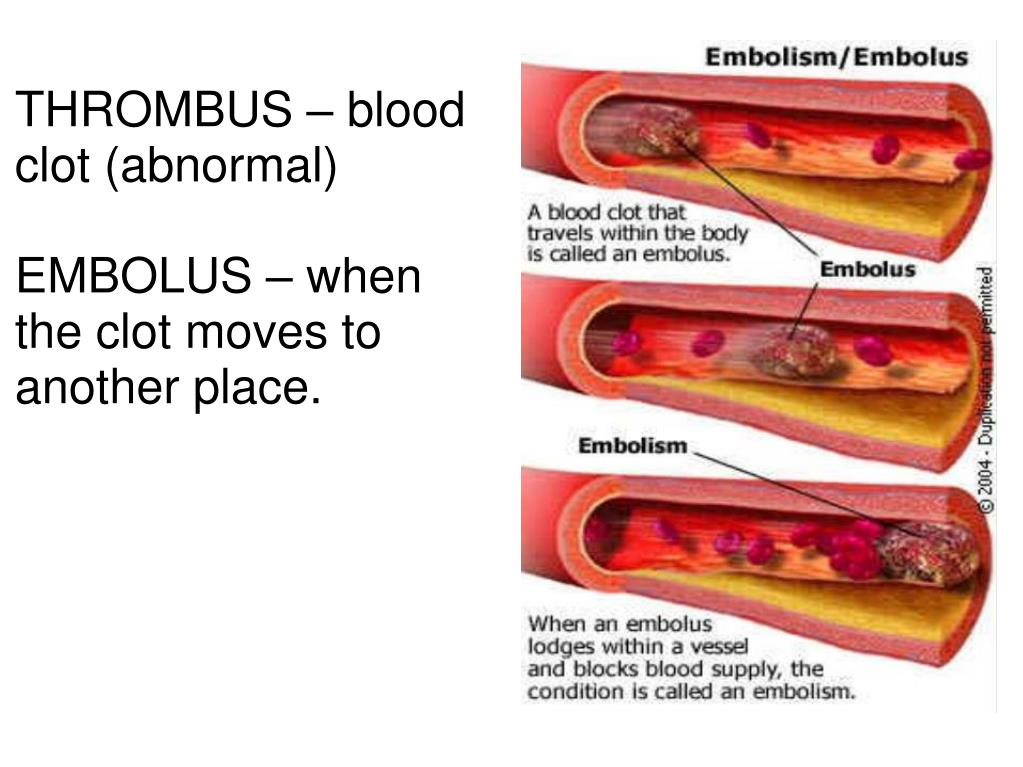 This translates into about 1 to 3 cases per 1,000 people.
This translates into about 1 to 3 cases per 1,000 people. It can also provide information regarding heart strain.
It can also provide information regarding heart strain. This may be done at the time of a therapeutic procedure, however it is not typically done as an initial test because CT scanning is now so accurate.
This may be done at the time of a therapeutic procedure, however it is not typically done as an initial test because CT scanning is now so accurate.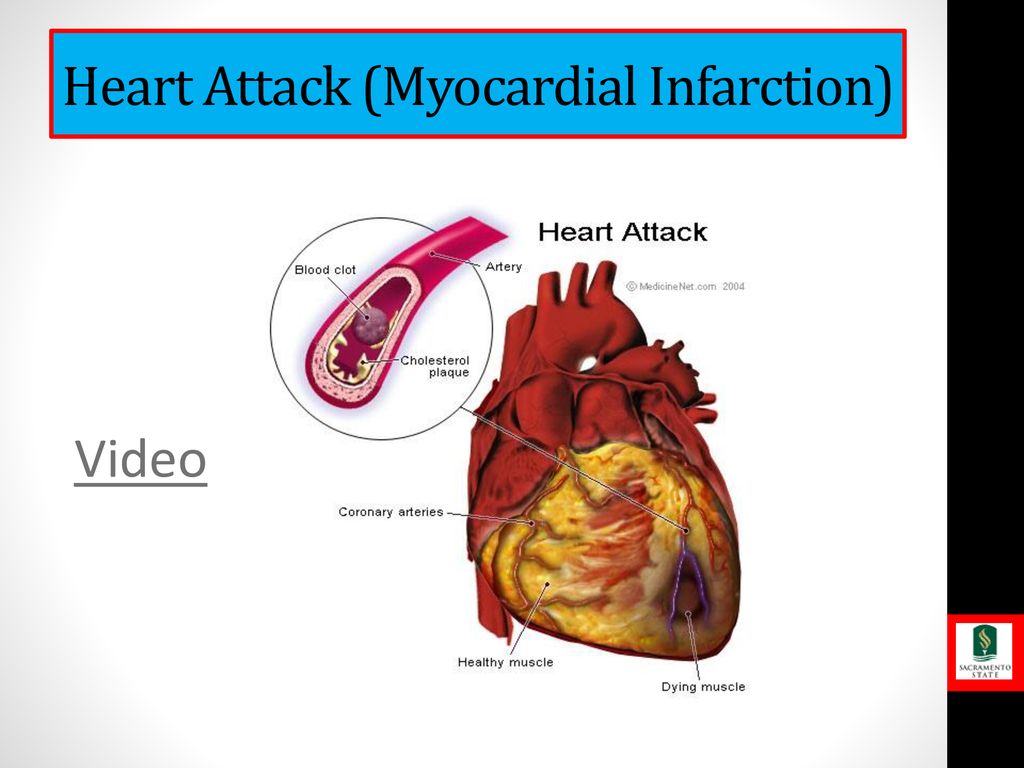 The major drawback of these medications is that there is a significant risk of bleeding that can be life threatening such as a bleed in the brain. In general however the risk of treatment is seen to be less than the risk of doing nothing. Unfortunately there are often situations where the risk of these clot-busting medications are seen to be too high, such as in those patients with known bleeding issues or recent surgery.
The major drawback of these medications is that there is a significant risk of bleeding that can be life threatening such as a bleed in the brain. In general however the risk of treatment is seen to be less than the risk of doing nothing. Unfortunately there are often situations where the risk of these clot-busting medications are seen to be too high, such as in those patients with known bleeding issues or recent surgery.
 In short ECMO can allow stabilization of an unstable situation and also give time for the situation to recover.
In short ECMO can allow stabilization of an unstable situation and also give time for the situation to recover.